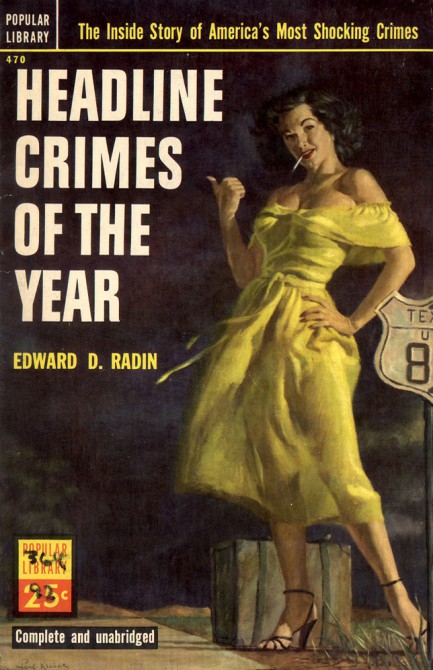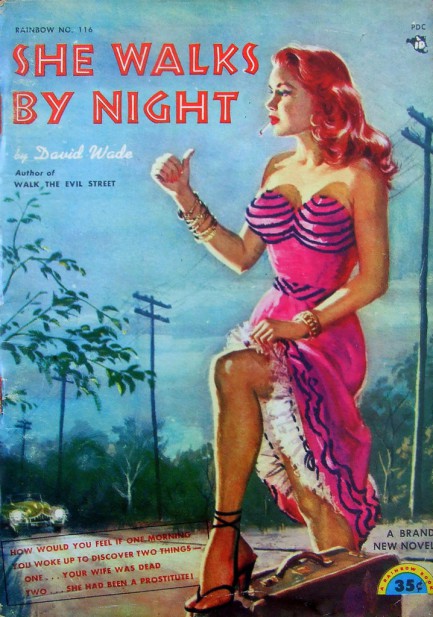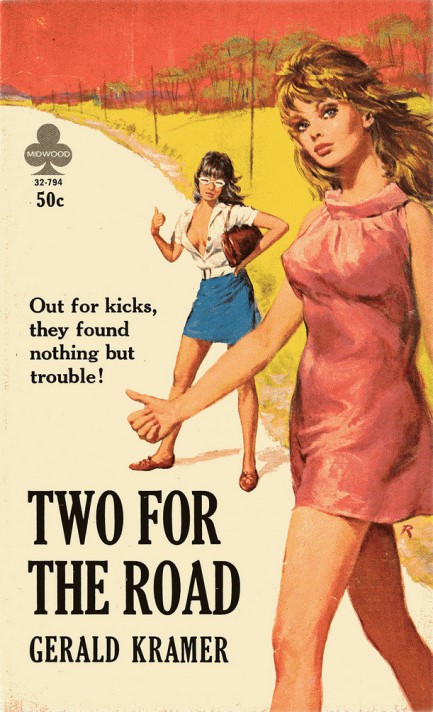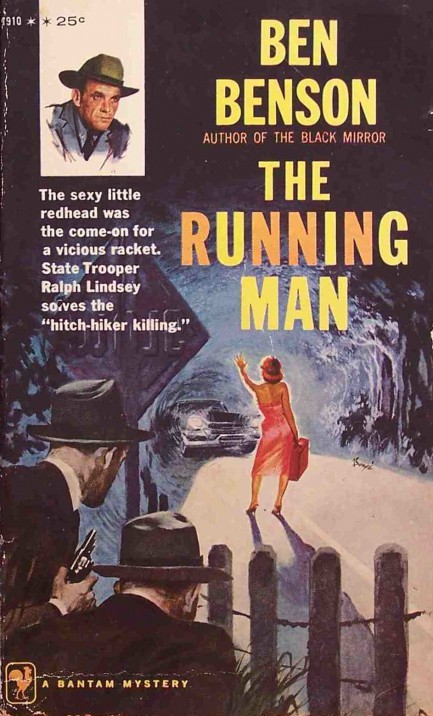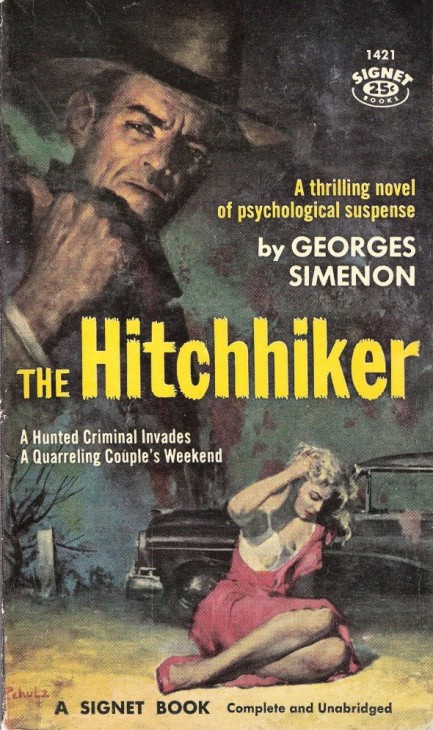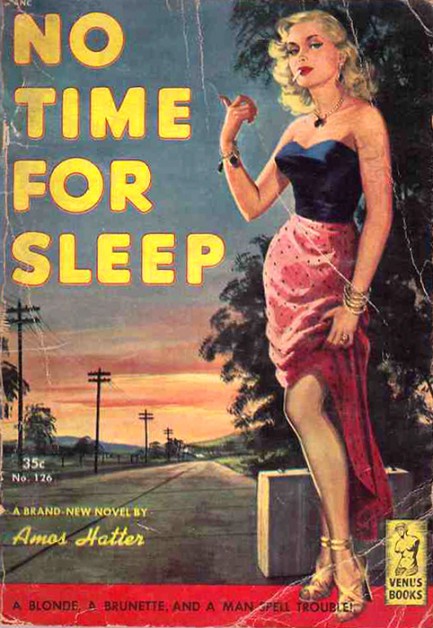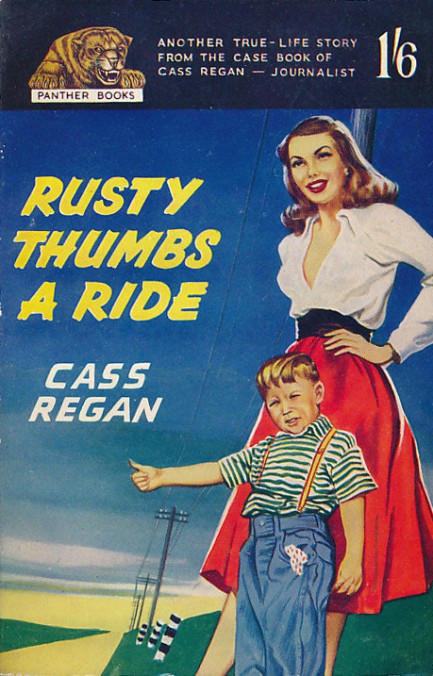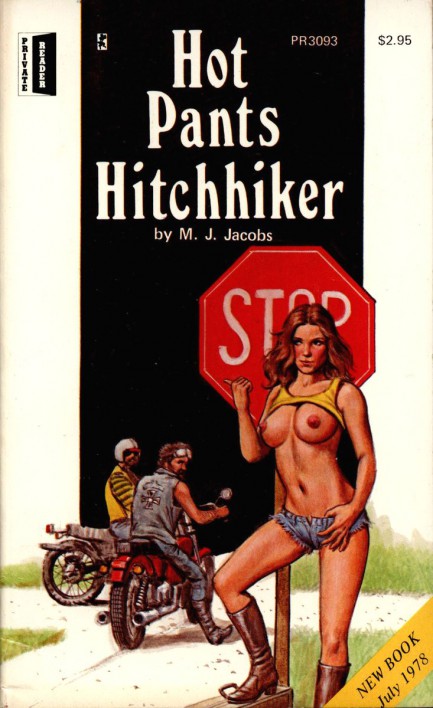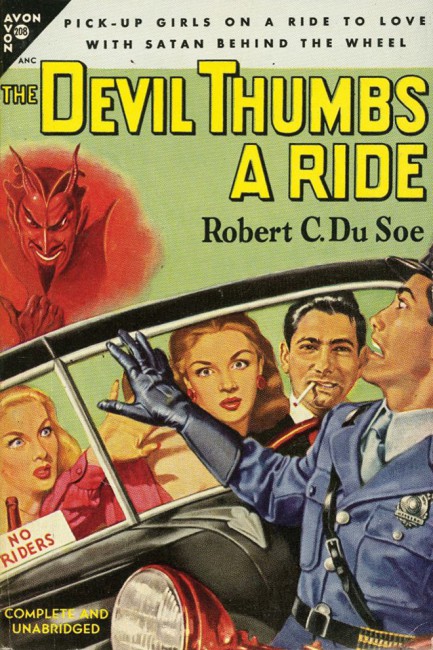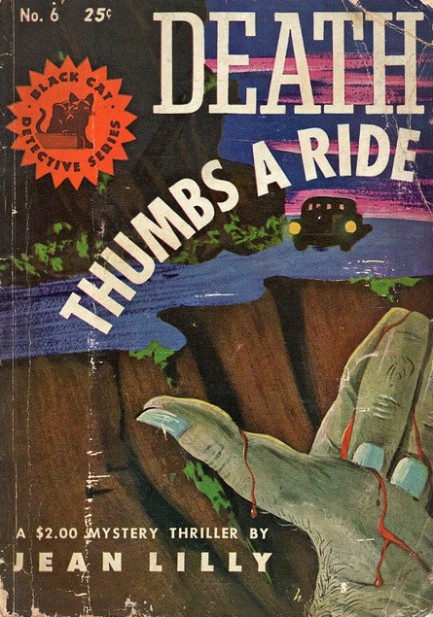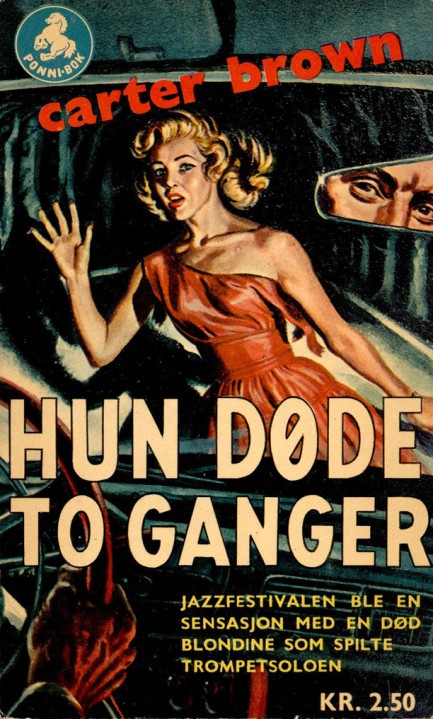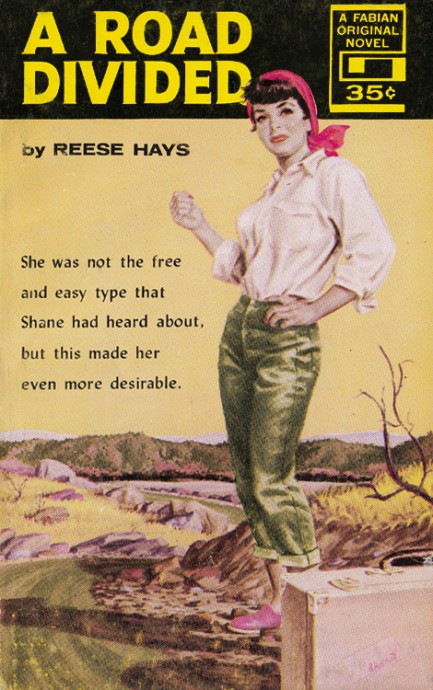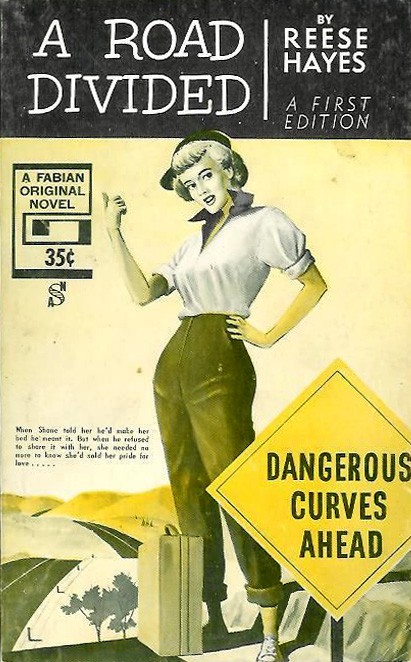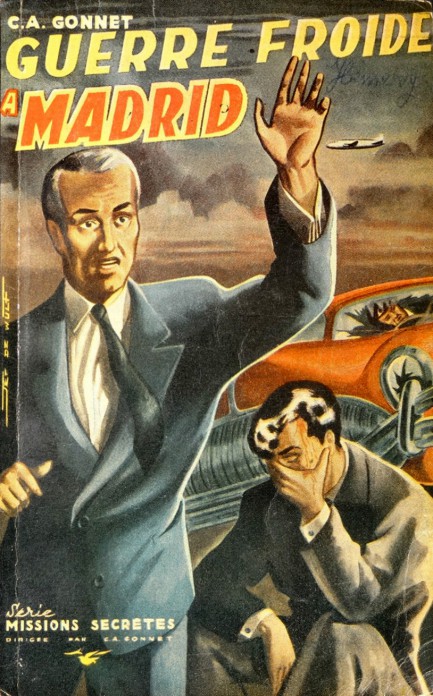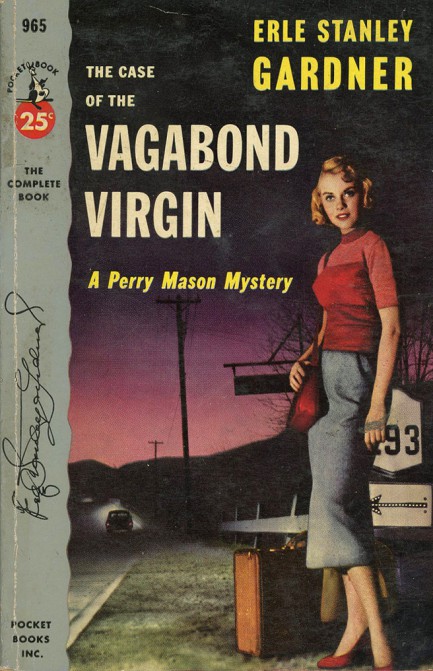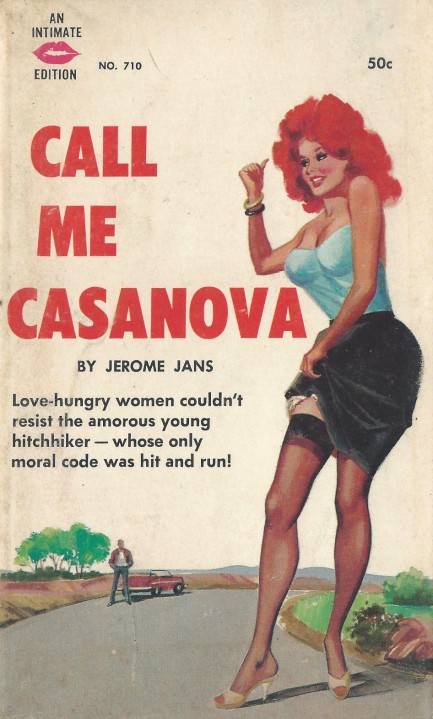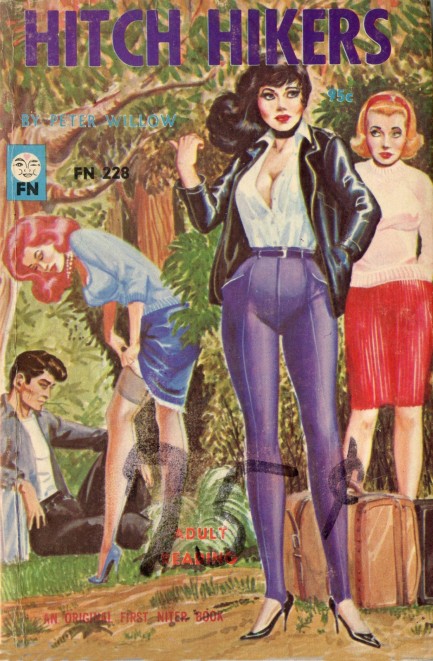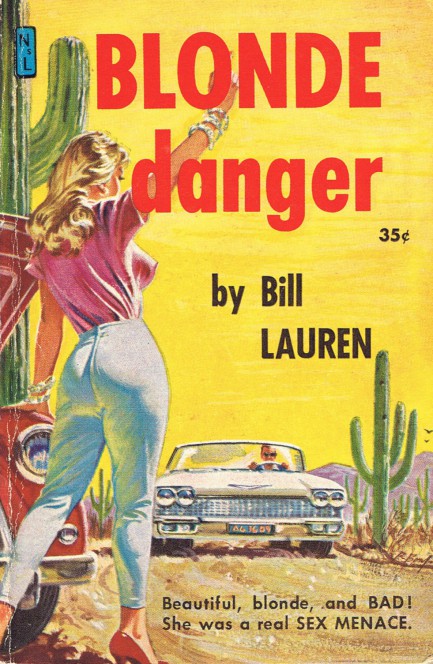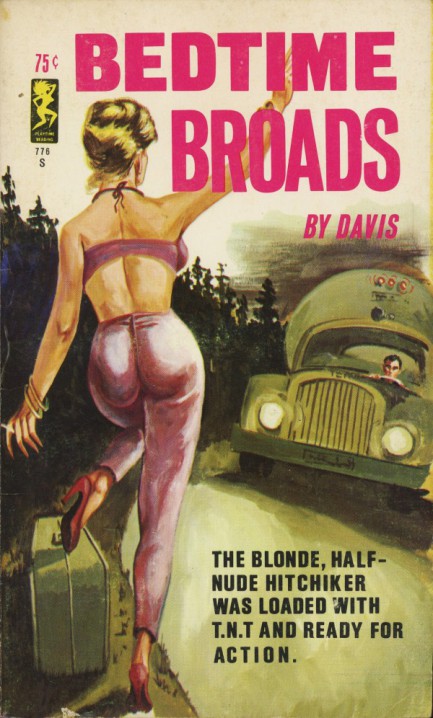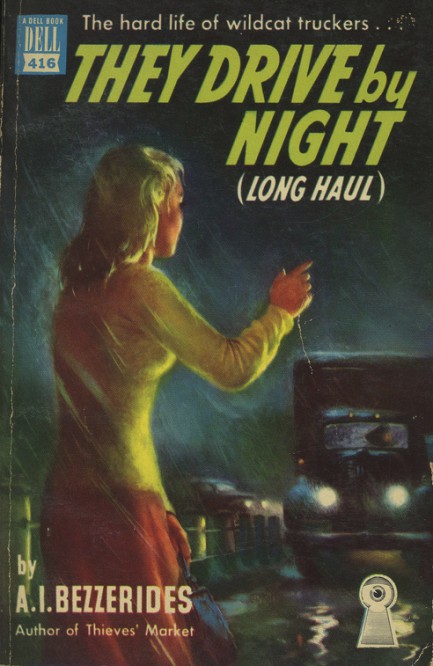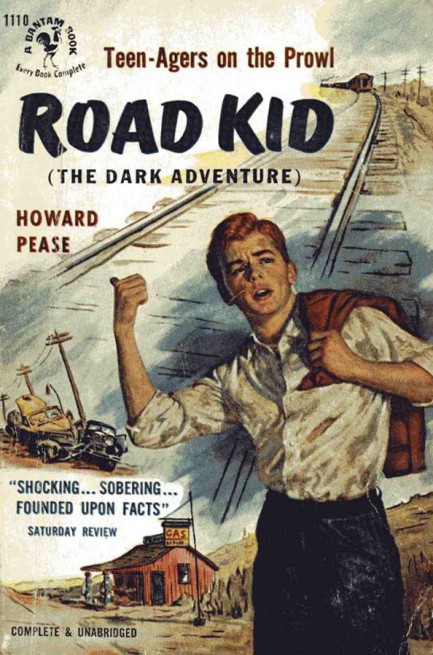| Vintage Pulp | Oct 10 2019 |


Plotwise, this revolves around greed, gold, and a group of people who want to prevent their relative from losing his fortune to his prospective wife. In order to stop this imagined horror, they commit the relative to a nuthouse before he can get married. Which backfires when he escapes. As always with Gardner there's a murder, which brings Perry Mason onto the scene to sort everything out.
As you might guess, because Gardner was (and is) an immensely popular author there are several English language paperback covers for this, and they all feature dice in some form. Which makes sense, because the original title came about because there's an actual die maker in the book. He makes crooked dice, and he gets murdered. This uncredited French cover from 1950 caught our eye because of its non-literal approach. No dice, but it's a winner.
| Vintage Pulp | Sep 10 2017 |

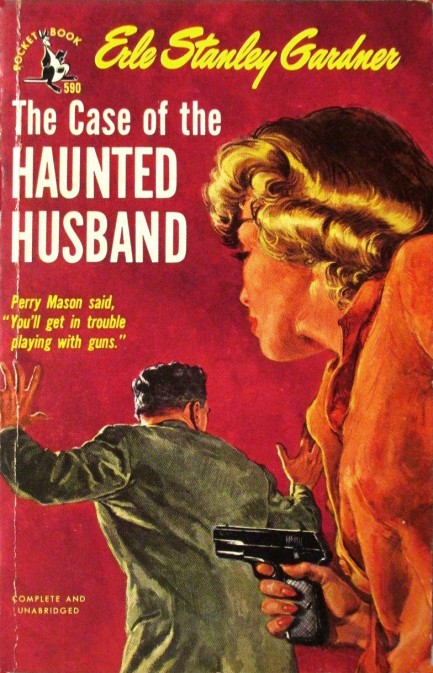
| Vintage Pulp | Jan 13 2017 |

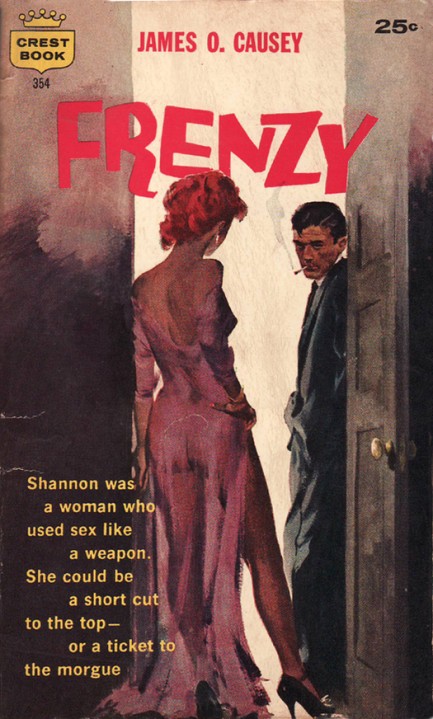
It's a good thing the real world isn't like the worlds of pulp and mid-century crime fiction. In those realms, when a woman receives an unexpected visitor the result is often disastrous. Bad cops, evil crooks, ruthless blackmailers, lecherous uncles, and all sorts of nasty characters usually await on the other side of the door. Above and below you see a collection of mid-century paperback fronts showing those fraught moments just after a woman opens her door to trouble, or trouble takes matters into its own hands and busts its way in. Our recommendation: in the event of an unexpected knock just go out the window.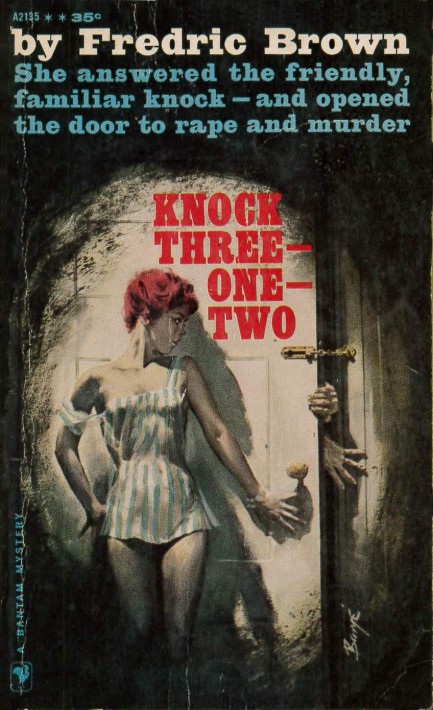
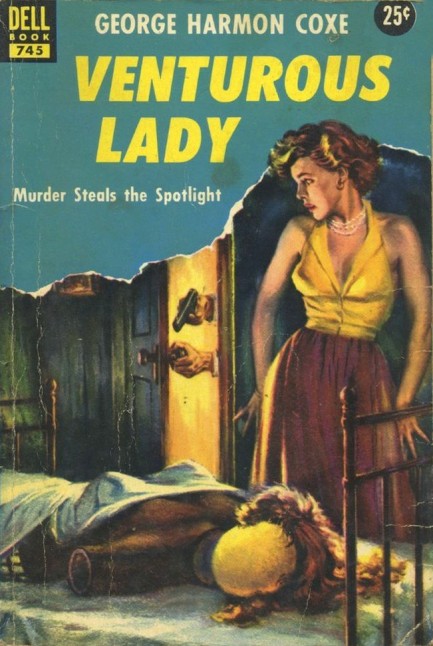
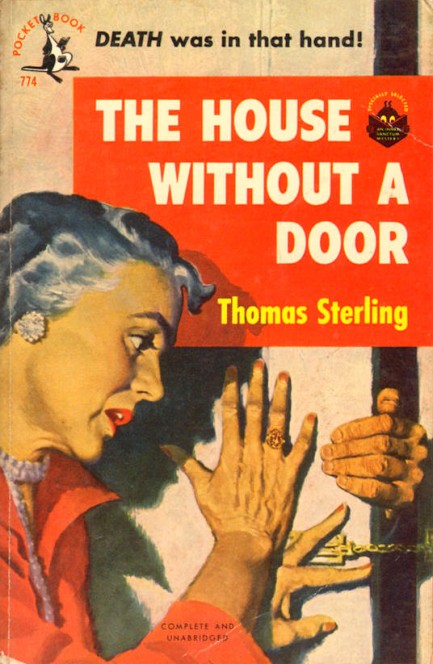
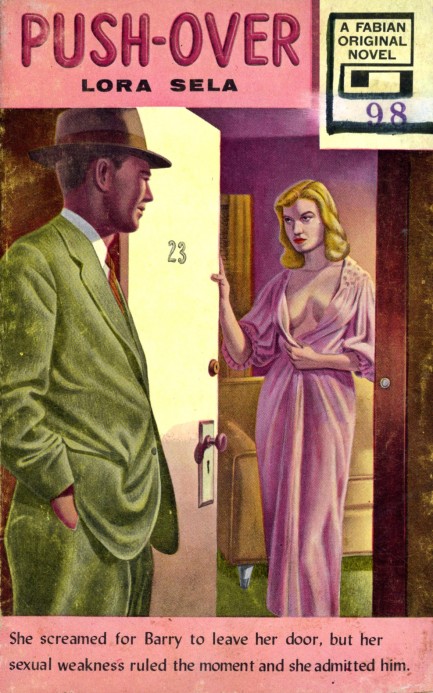
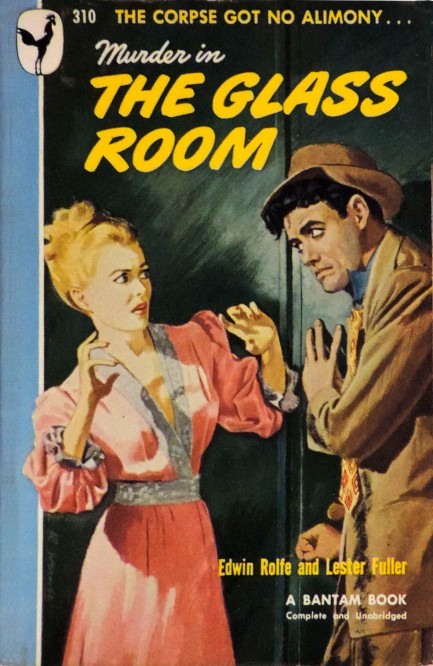
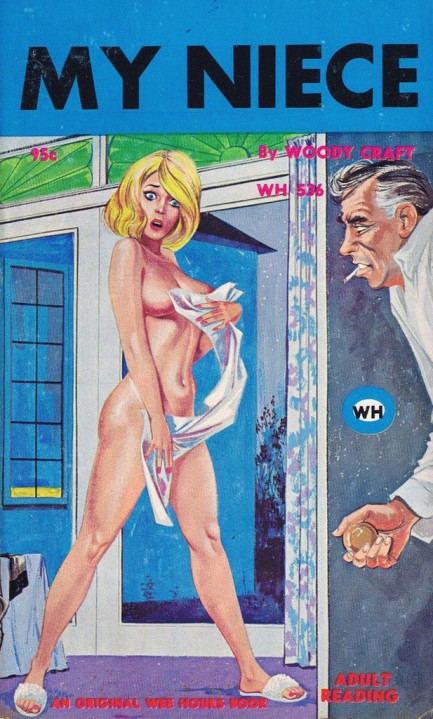
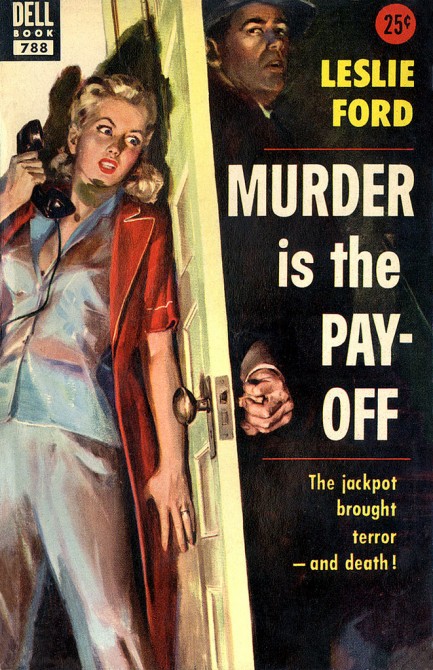
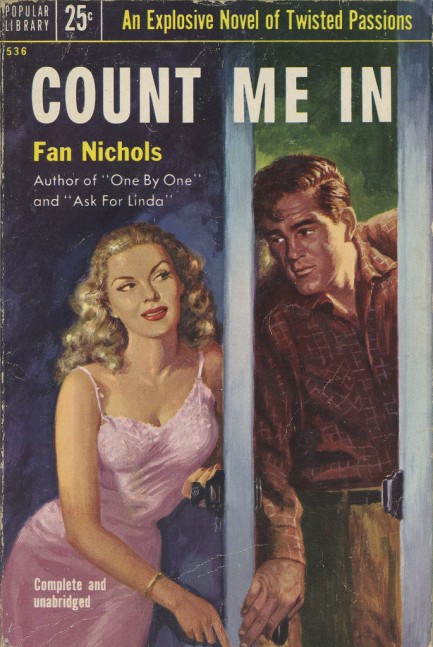
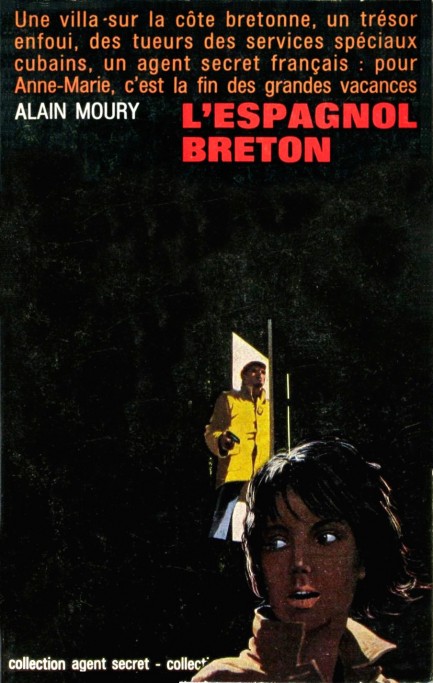
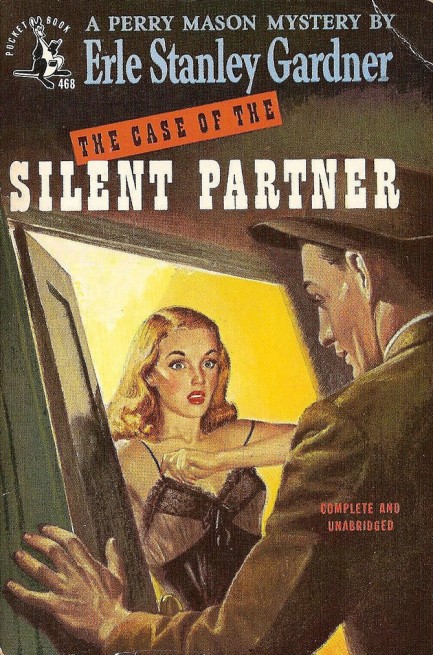
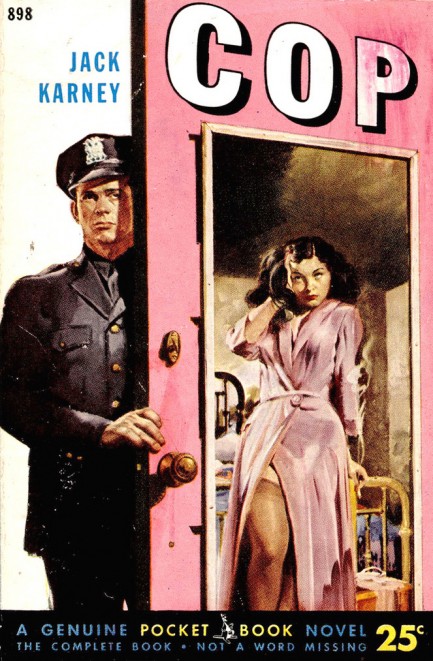
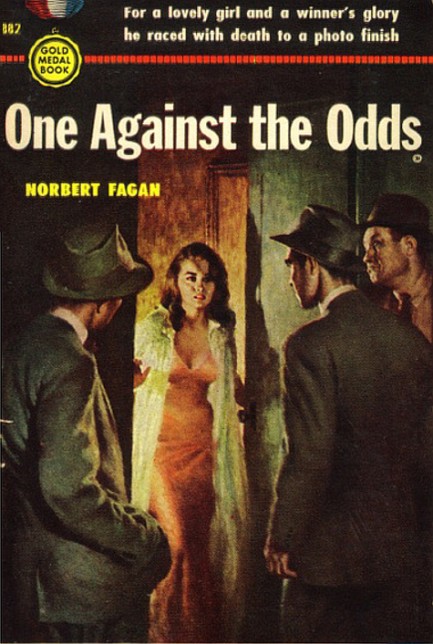

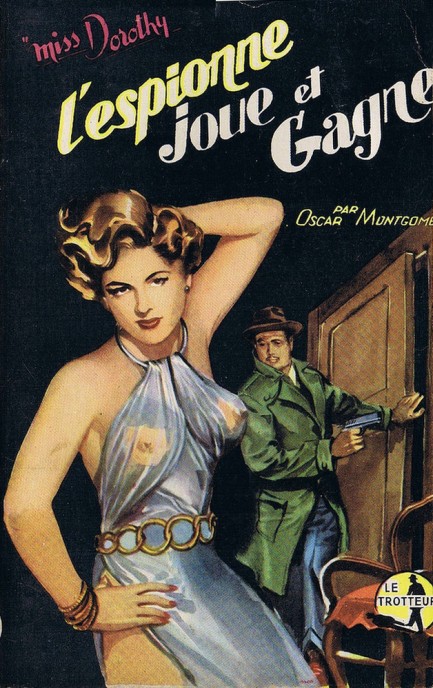
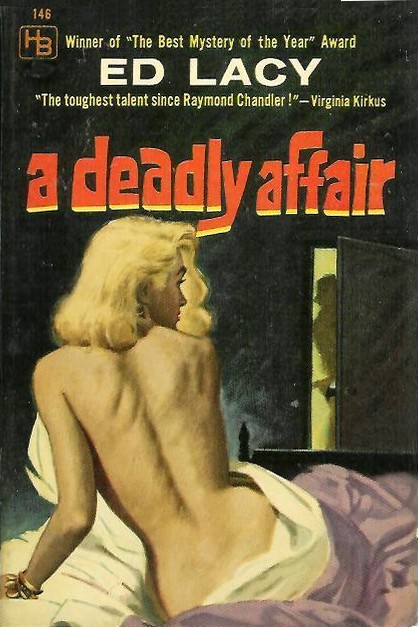
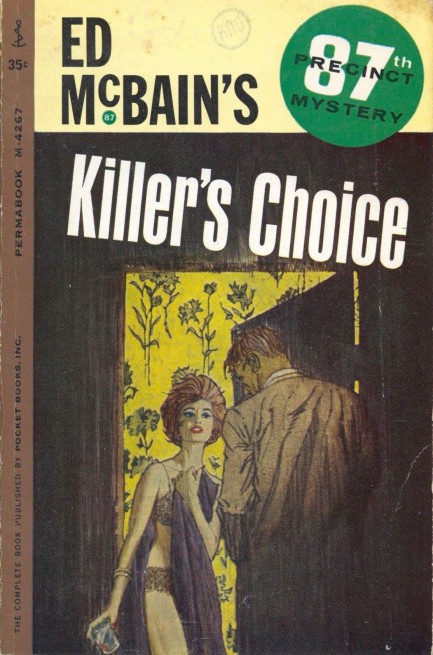
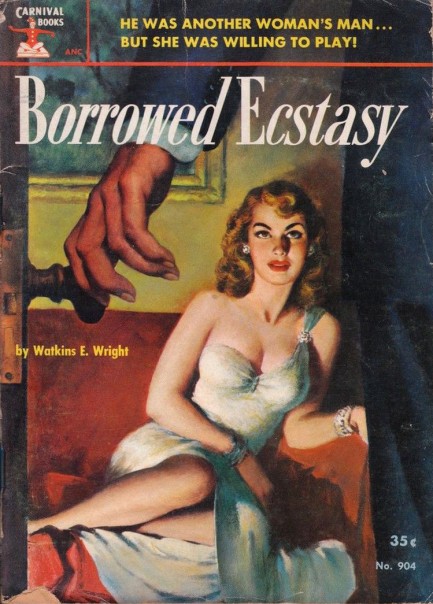
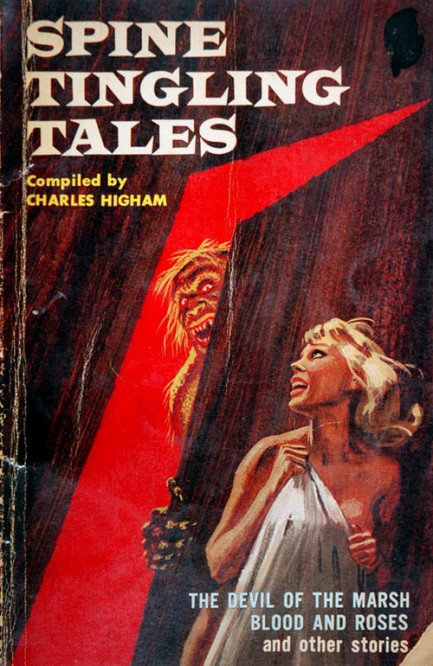
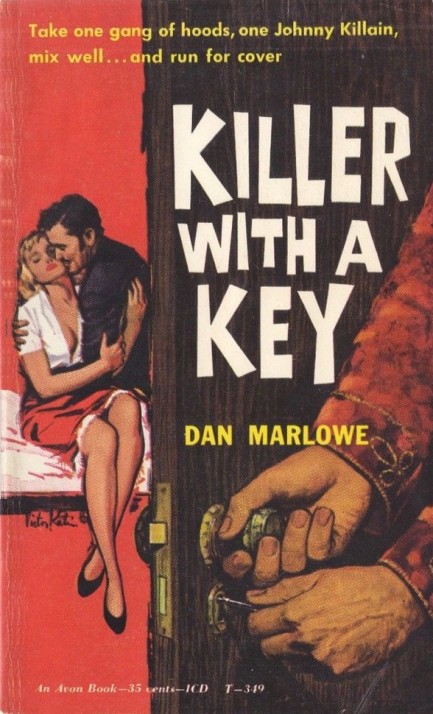
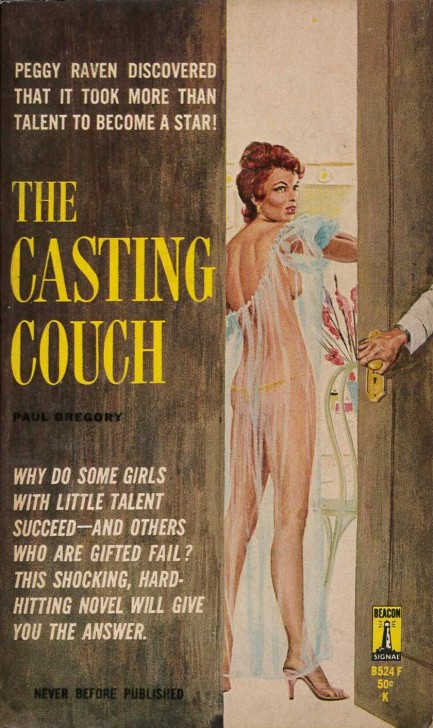
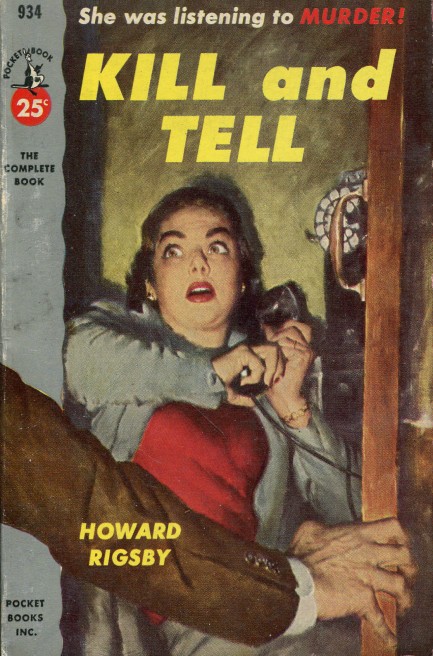
| Vintage Pulp | Sep 21 2016 |

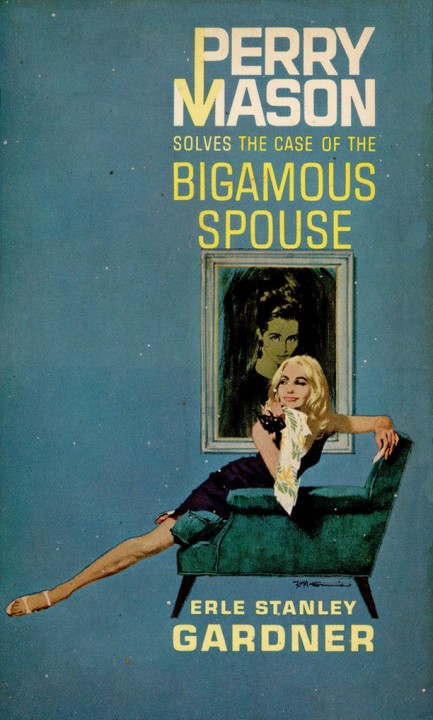
Robert McGinnis does his usual flawless work on this cover for Erle Stanley Gardner's The Case of the Bigamous Spouse. Many summaries of this online, but briefly, it's about a door-to-door saleswoman who is implicated in the murder of her best friend's new husband, who was married to two women. Rest assured, Perry Mason sorts it all out as perfectly as McGinnis sorted out this cover.
| Vintage Pulp | Apr 1 2016 |

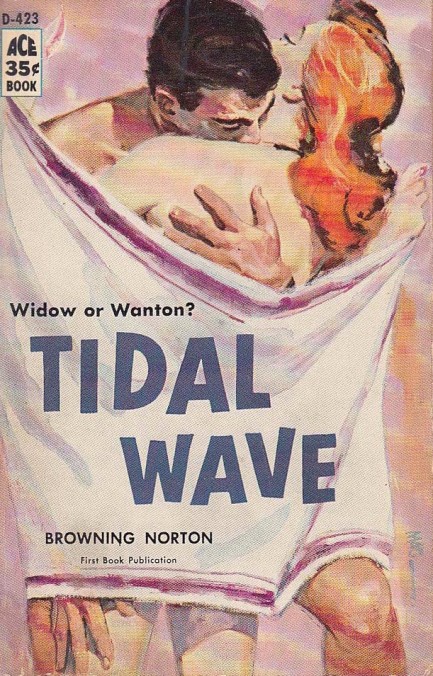
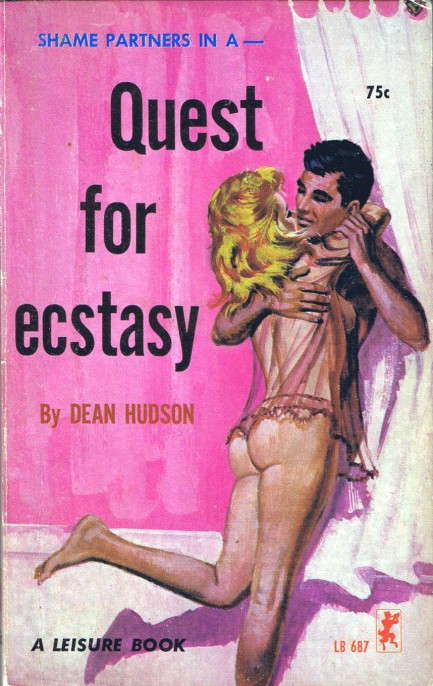
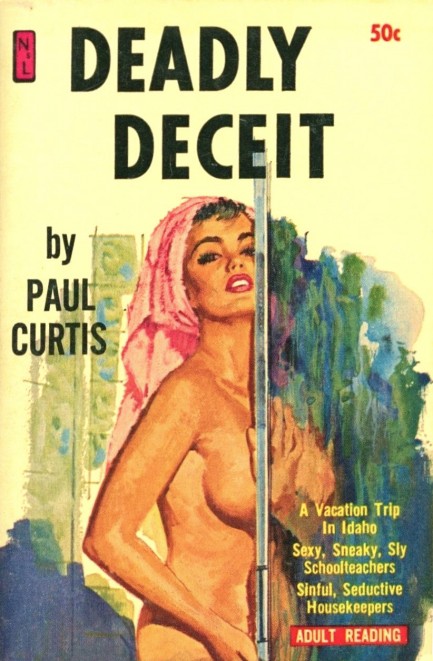
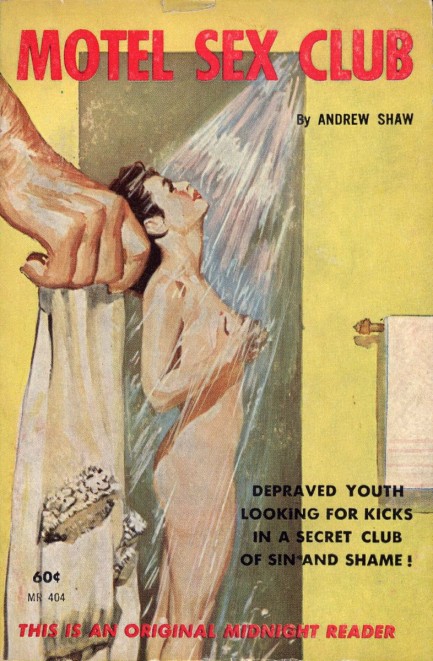

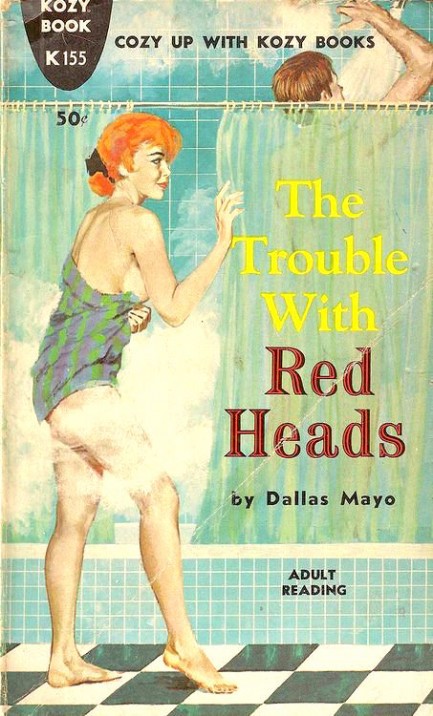
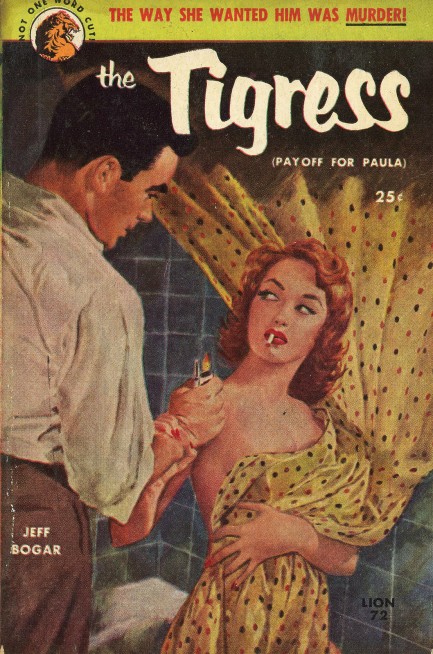
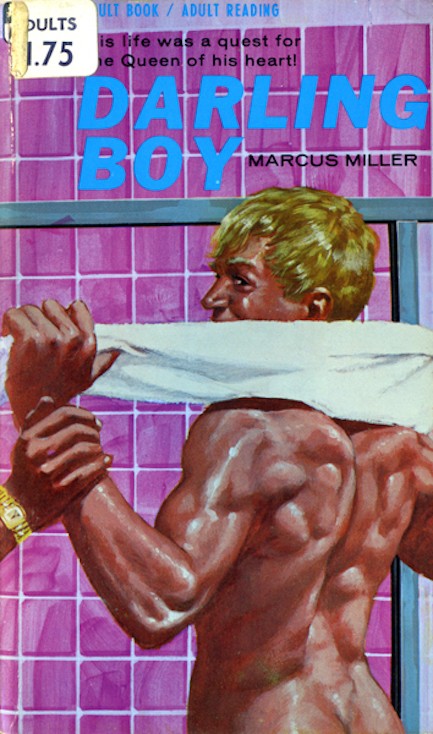
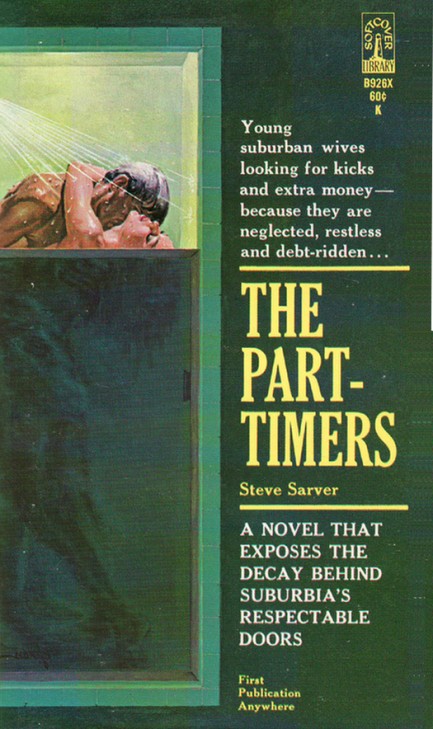
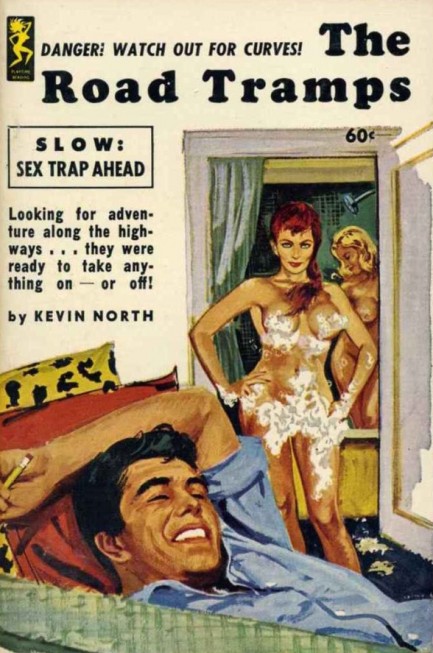
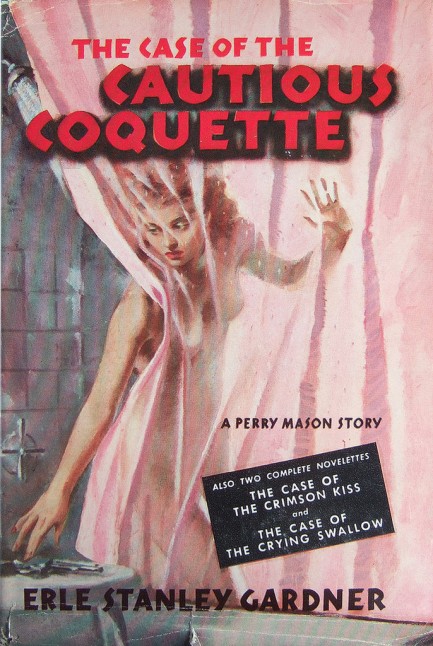

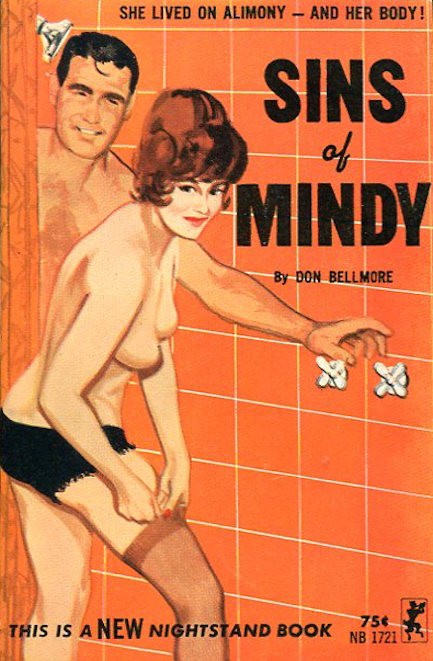
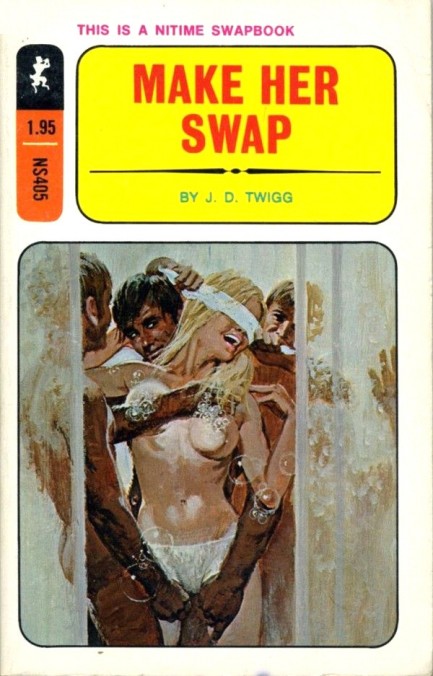
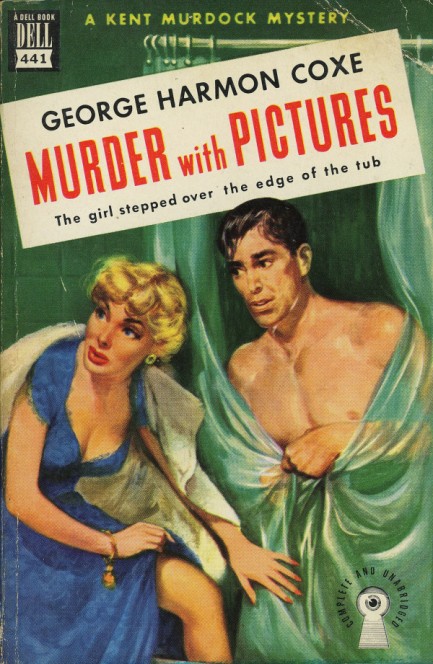

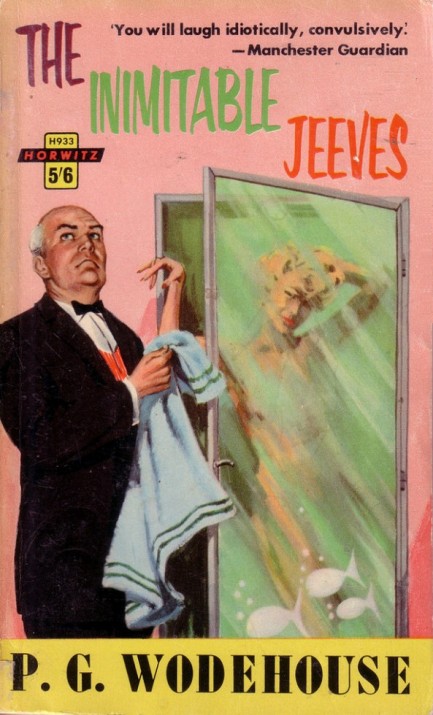
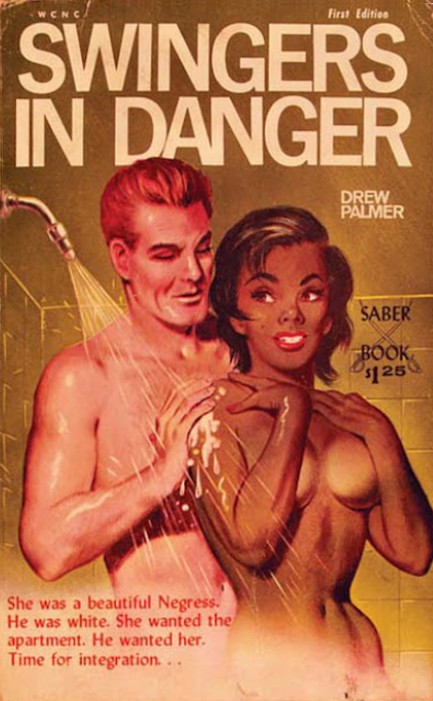
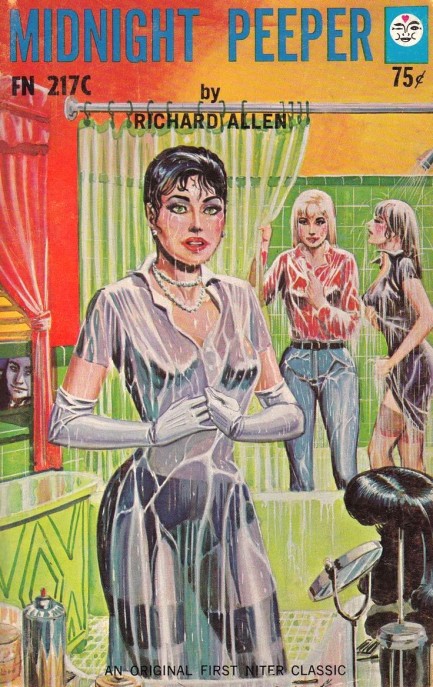
| Vintage Pulp | Mar 25 2016 |

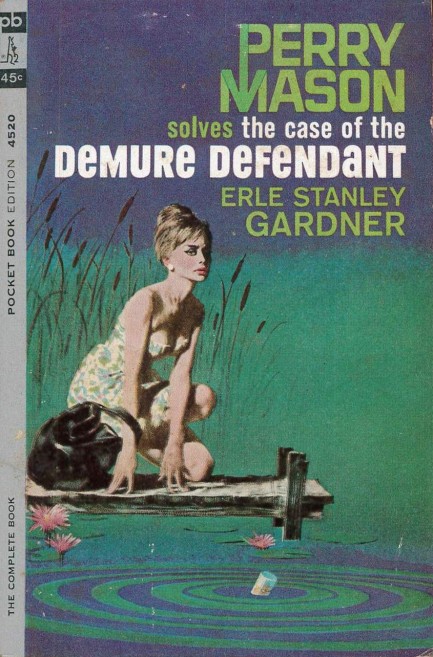
It's always a good idea to regularly revisit the work of Robert McGinnis. Above you see his cover for Erle Stanley Gardner's The Case of the Demure Defendant, originally published in 1954 with this Pocket Books paperback appearing in 1964. We love the psychedelic direction McGinnis goes with the ripples in the pond, alternating rings of turquoise and violet. This is fantastic work.
| Vintage Pulp | Jan 5 2016 |

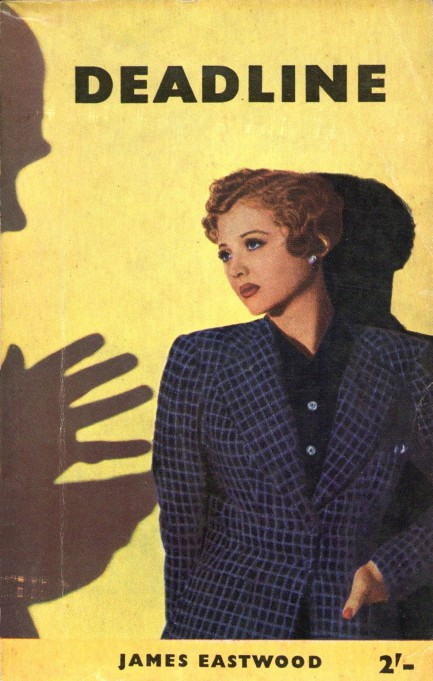
Above and below are assorted covers featuring yet another fun mid-century paperback art motif—the looming or threatening shadow. The covers are by the usual suspects—Rader, Phillips, Gross, Caroselli, Nik, as well as by artists whose work you see less often, such as Tony Carter’s brilliant cover for And Turned to Clay. That's actually a dust jacket, rather than a paperback front, but we couldn't leave it out. You’ll also notice French publishers really liked this theme. We’ll doubtless come across more, and as we do we’ll add to the collection. This is true of all our cover collections. For instance, our post featuring the Eiffel Tower has grown from fifteen to twenty-two examples, and our group of fronts with syringes has swelled from thirteen to twenty-six images. We have twenty-four twenty-six—see what we mean?—more shadow covers below, and thanks to all original uploaders.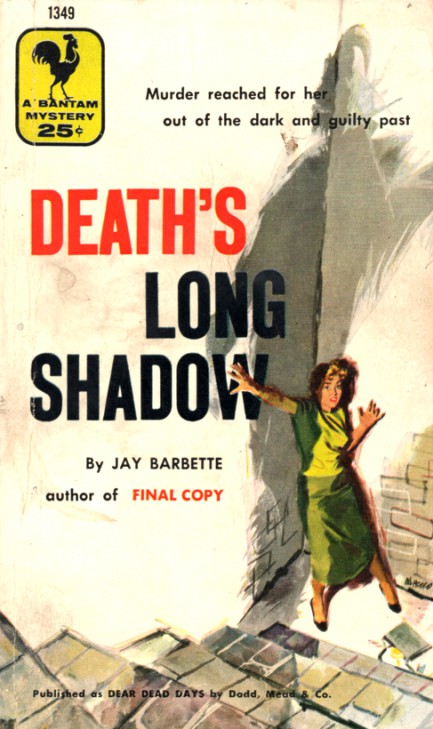
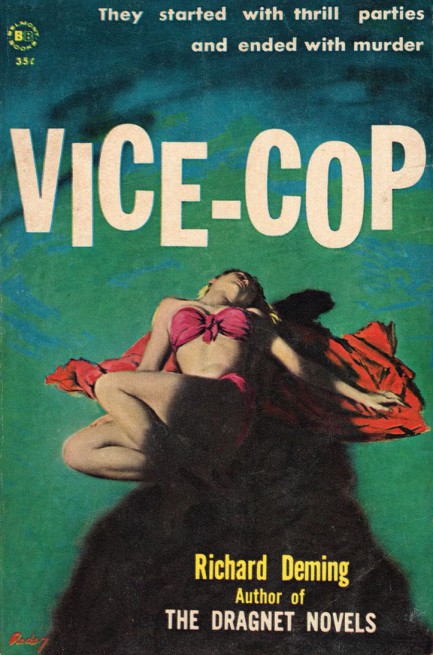
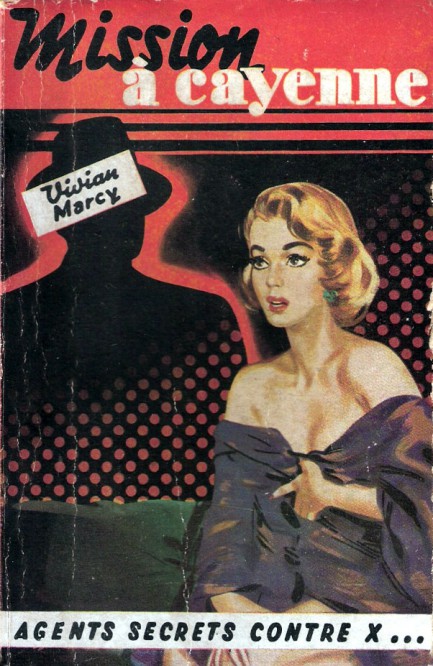
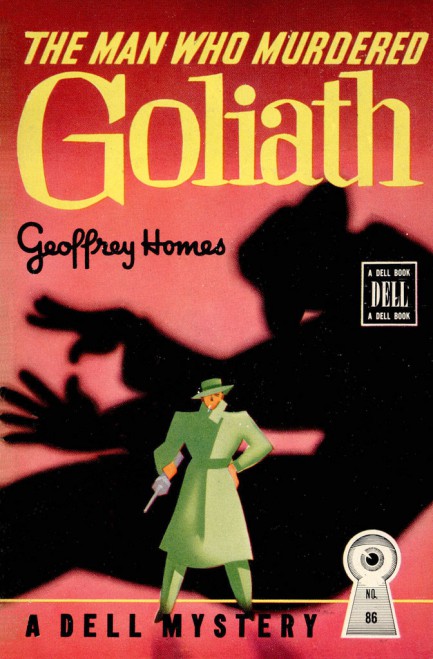
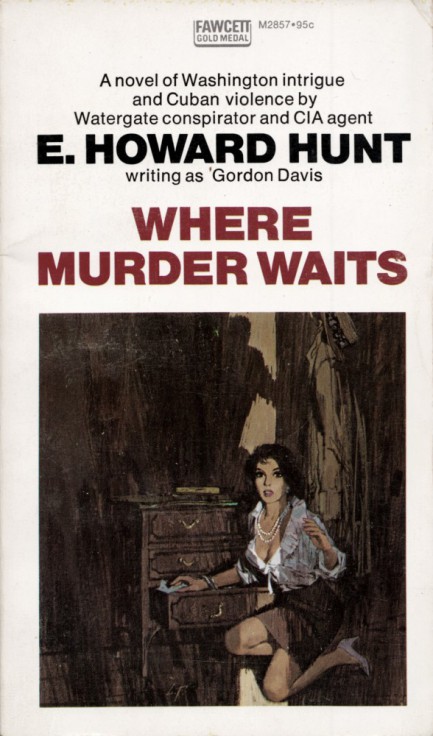
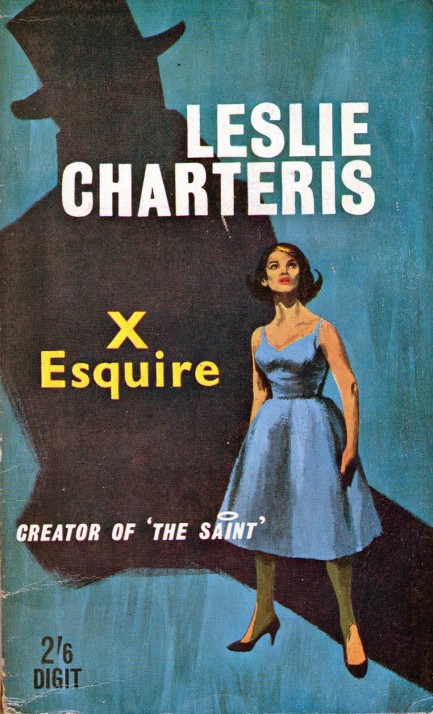
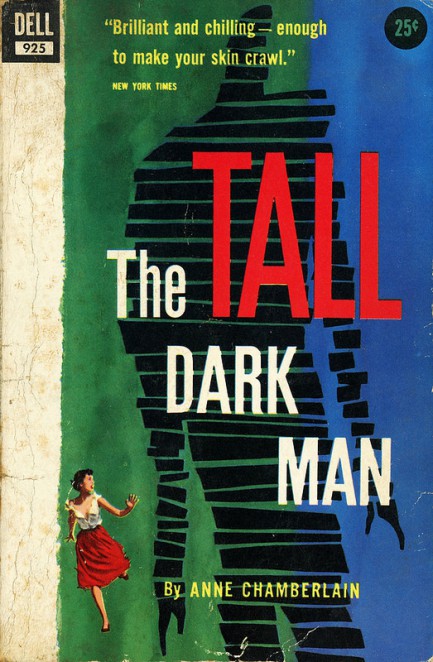
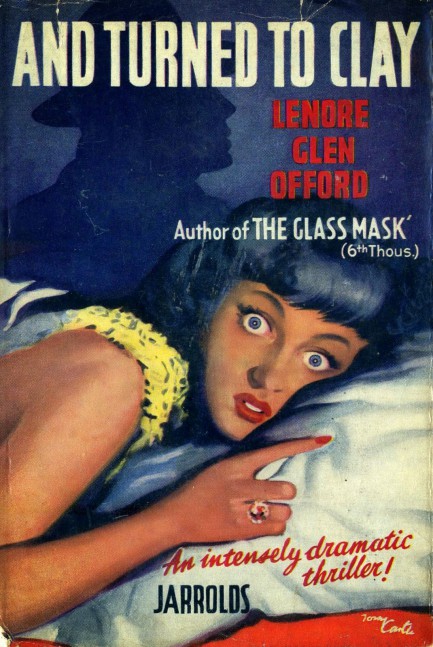
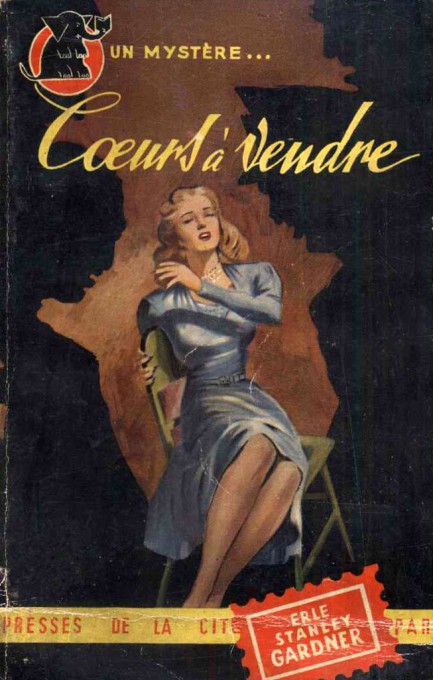
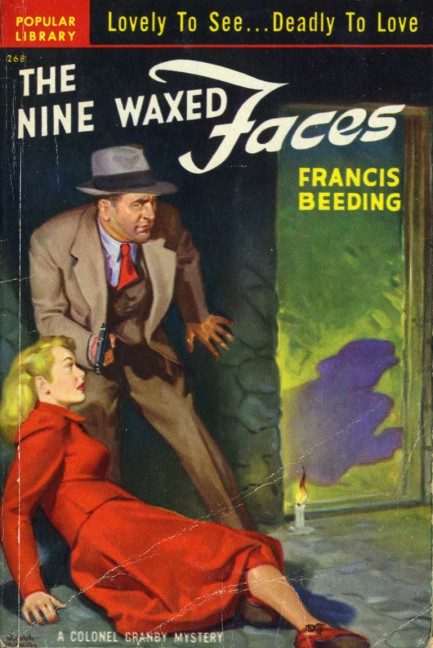
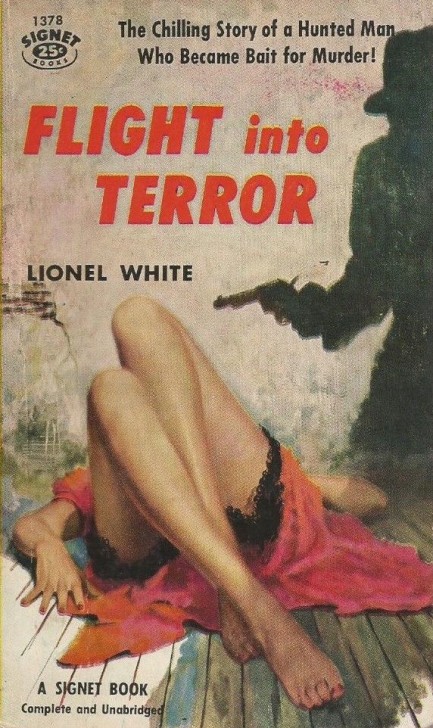
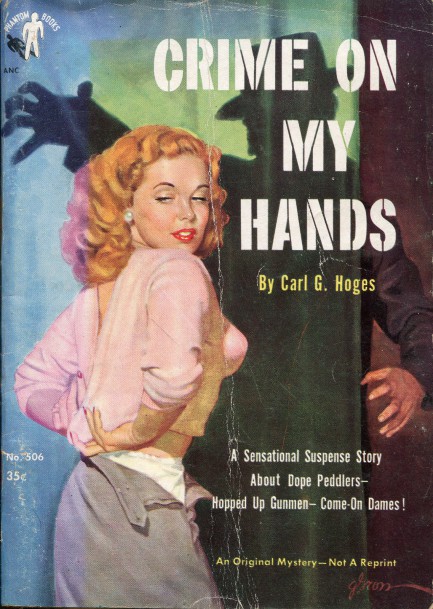
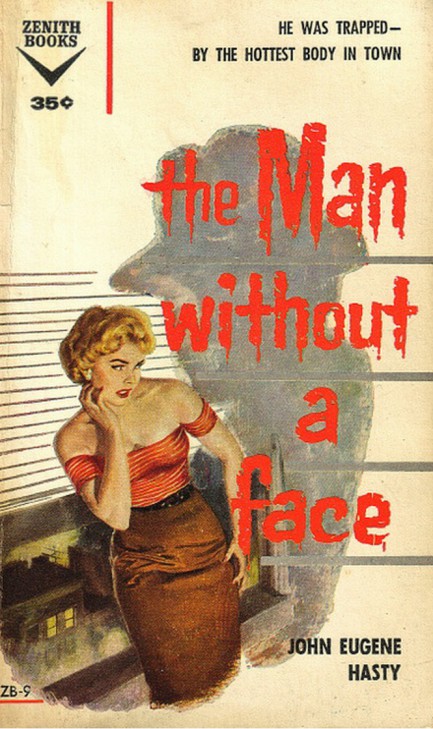
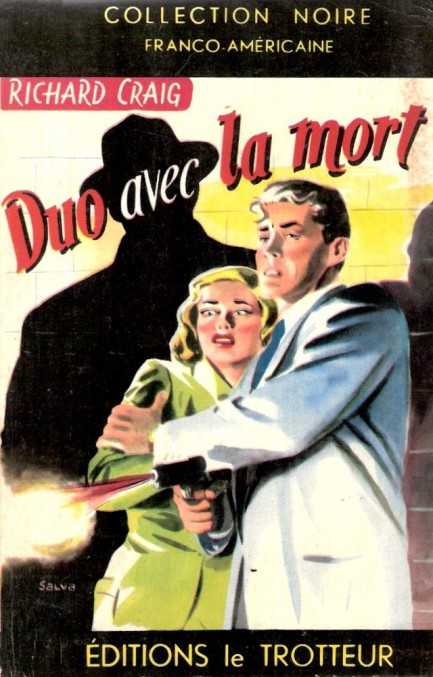
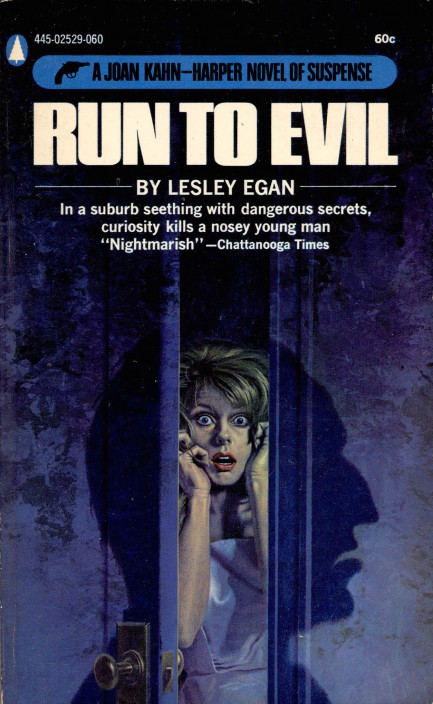

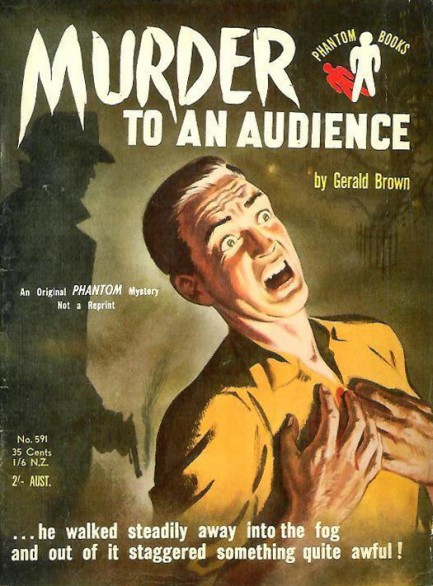
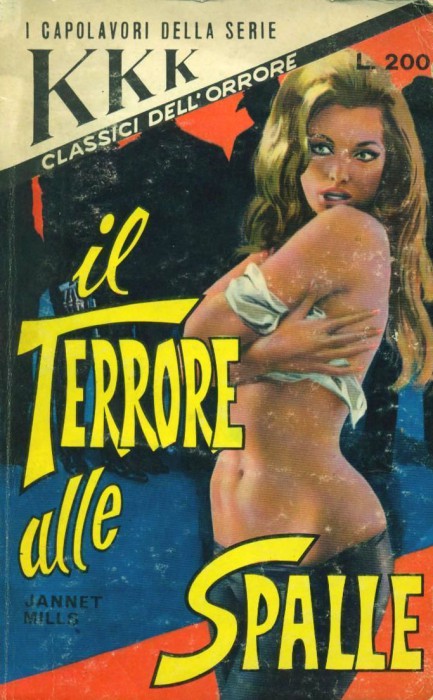
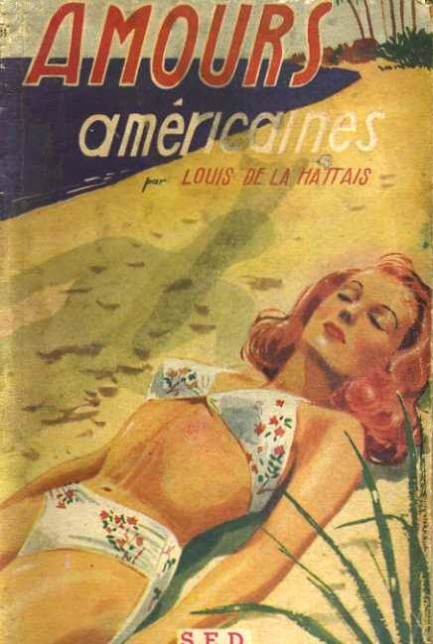

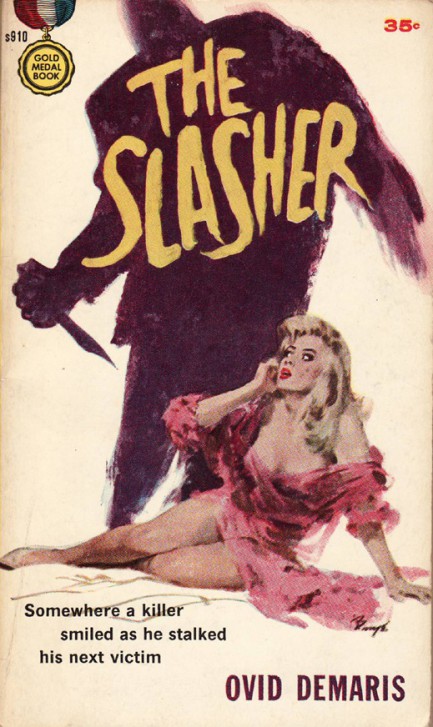
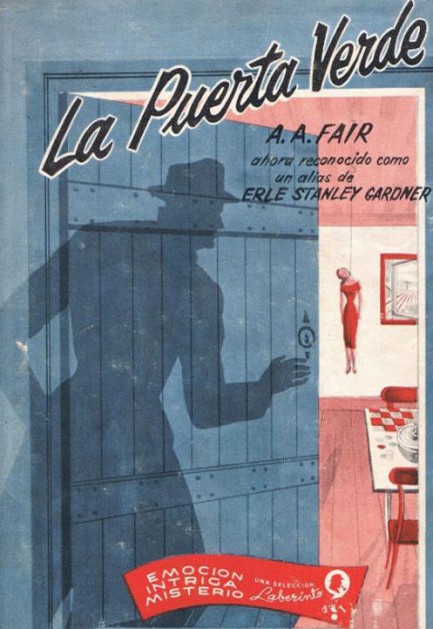
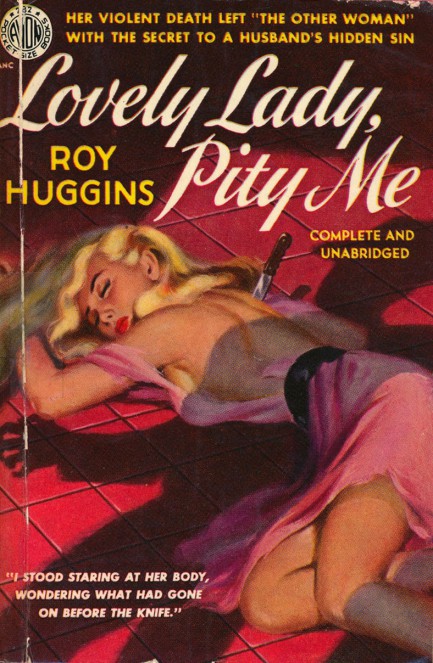
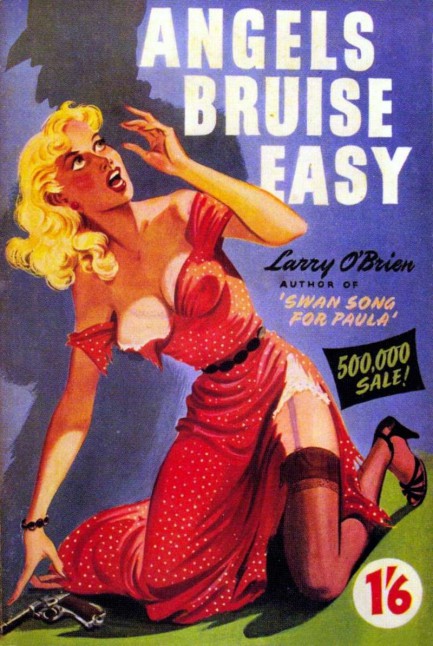
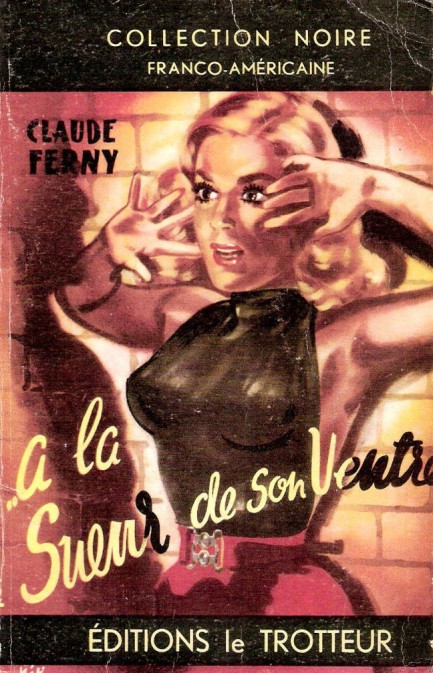
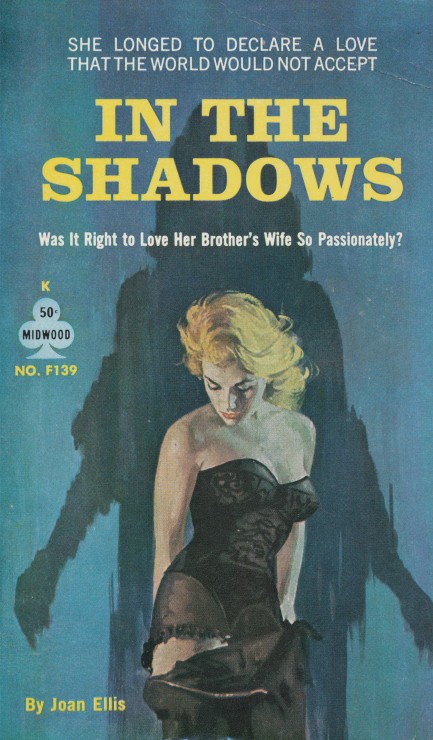
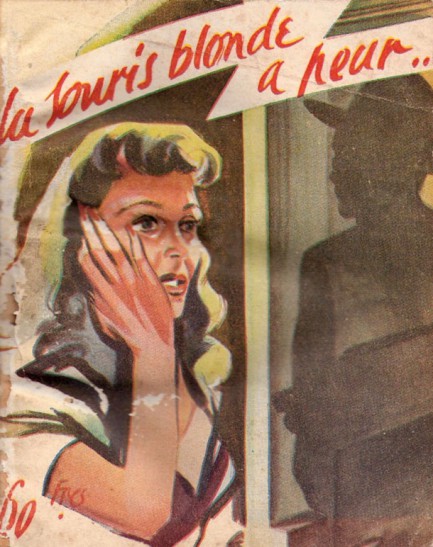
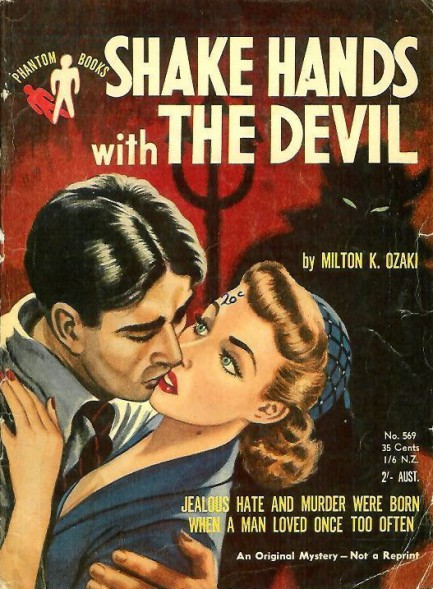
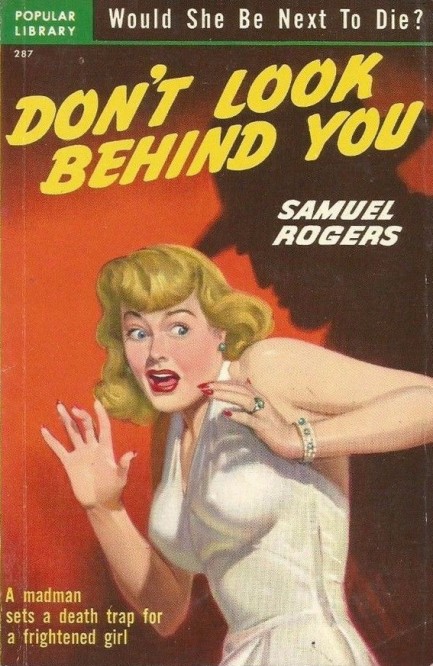
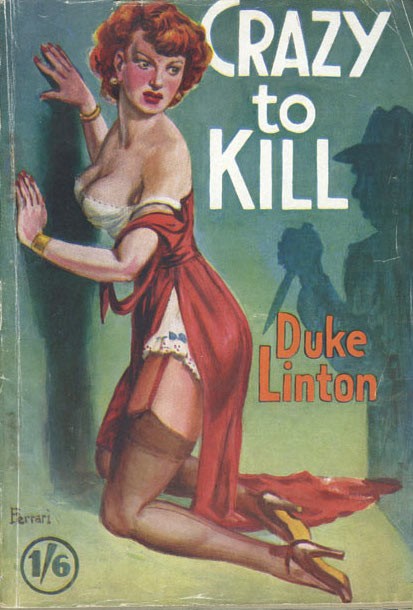
| Vintage Pulp | Dec 21 2015 |

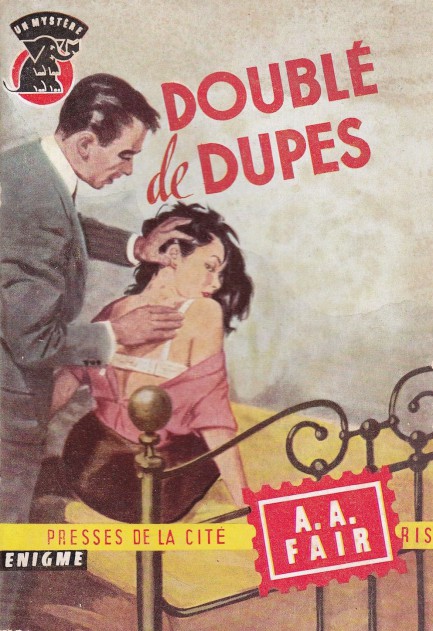
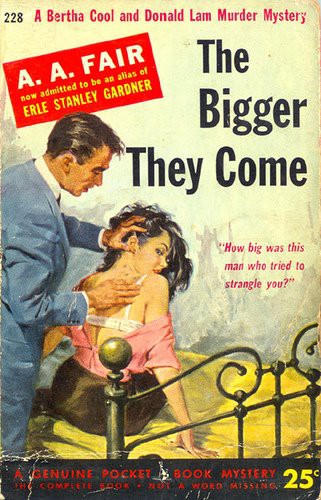 A.A. Fair's Doublé de dupes, which is a translation of The Bigger They Come, was first published in hardback in 1939, appeared as a U.S. paperback from Pocket Books in 1952, and above in 1958. It's the first in a series starring sixty-something private investigator Bertha Cool and her pint-sized sidekick Donald Lam. Fair, aka Erle Stanley Gardner, had already made his Perry Mason series a success and the Cool/Lam shift got him out of the courtroom. In this one the protagonists attempt to serve divorce papers, but of course the seemingly simple task falls apart spectacularly, leaving a man dead and Lam under suspicion of having committed a serious crime. The British version's title—Lam to the Slaughter—gives that aspect of the story away immediately. The curious cover art you see here by Maurice Thomas was used on both the U.S. and French versions (a bit of a surprise considering the six year gap) and shows Lam checking out injuries on the femme fatale, who has been attacked by another character. General consensus online is that this series improved greatly after the first couple of entries.
A.A. Fair's Doublé de dupes, which is a translation of The Bigger They Come, was first published in hardback in 1939, appeared as a U.S. paperback from Pocket Books in 1952, and above in 1958. It's the first in a series starring sixty-something private investigator Bertha Cool and her pint-sized sidekick Donald Lam. Fair, aka Erle Stanley Gardner, had already made his Perry Mason series a success and the Cool/Lam shift got him out of the courtroom. In this one the protagonists attempt to serve divorce papers, but of course the seemingly simple task falls apart spectacularly, leaving a man dead and Lam under suspicion of having committed a serious crime. The British version's title—Lam to the Slaughter—gives that aspect of the story away immediately. The curious cover art you see here by Maurice Thomas was used on both the U.S. and French versions (a bit of a surprise considering the six year gap) and shows Lam checking out injuries on the femme fatale, who has been attacked by another character. General consensus online is that this series improved greatly after the first couple of entries.| Vintage Pulp | Jul 17 2015 |


We have another collection today as we prepare to jet away on vacation with the girls. Since the place we’re going is known for rowdy British tourists (what place isn’t known for that?), we thought we’d feature some of the numerous paperback covers featuring fights. You’ll notice, as with our last collection, the preponderance of French books. Parisian publishers loved this theme. The difference, as opposed to American publishers, is that you almost never saw women actually being hit on French covers (we’d almost go so far as to say it never happened, but we’ve obviously not seen every French paperback ever printed). The French preferred man-on-man violence, and when women were involved, they were either acquitting themselves nicely, or often winning via the use of sharp or blunt instruments.
Violence against women is and has always been a serious problem in the real world, but we’re just looking at products of the imagination here, which themselves represent products of the imagination known as fiction. Content-wise, mid-century authors generally frowned upon violence toward women even if they wrote it into their novels. Conversely, the cover art, stripped of literary context, seemed to glorify it. Since cover art is designed to entice readers, there’s a valid discussion here about why anti-woman violence was deemed attractive on mid-century paperback fronts, and whether its disappearance indicates an understanding of its wrongness, or merely a cynical realization that it can no longer be shown without consequences. We have another fighting cover here, and you may also want to check out our western brawls here.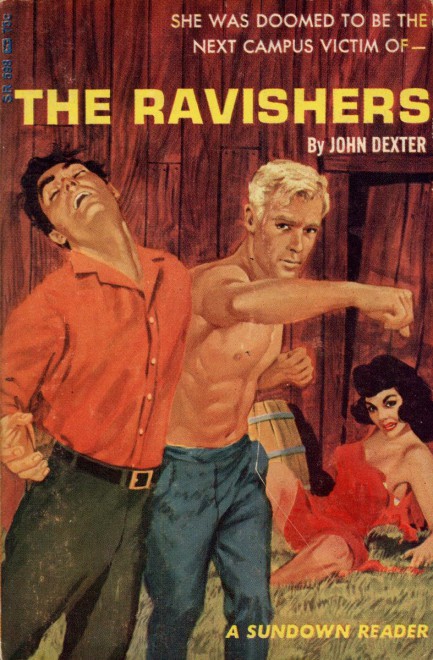
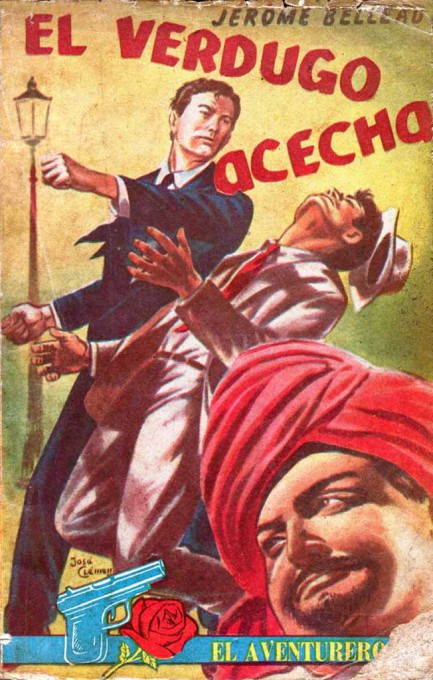
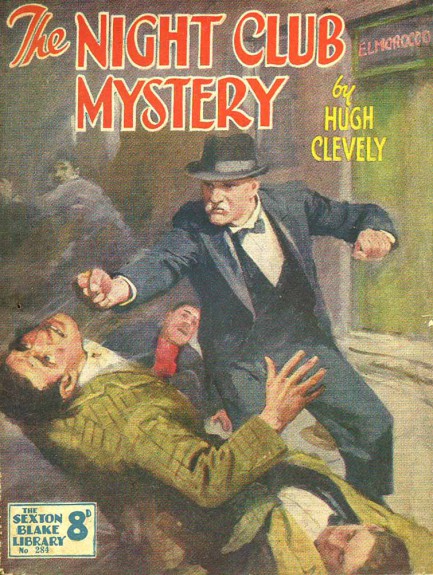
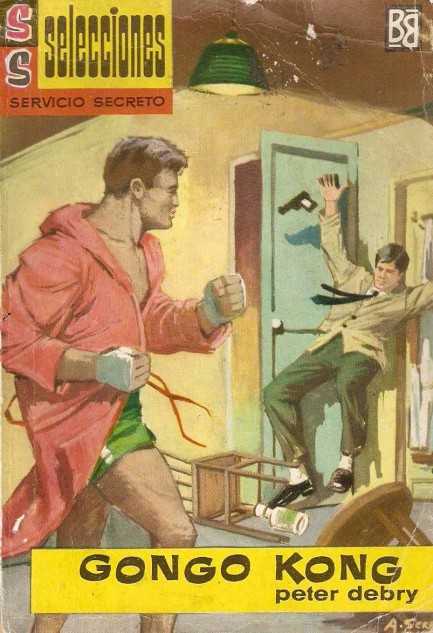
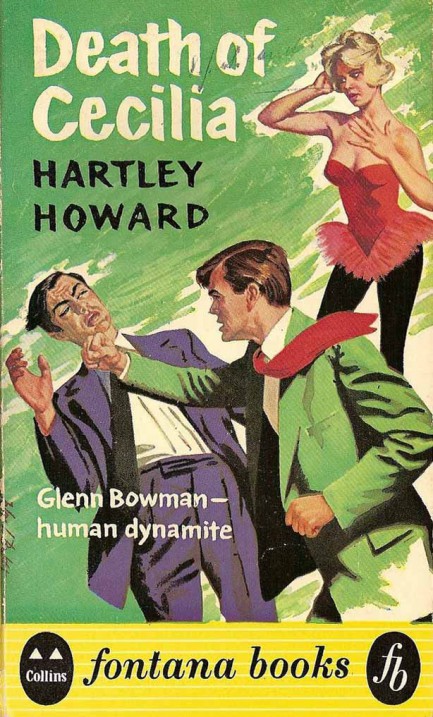
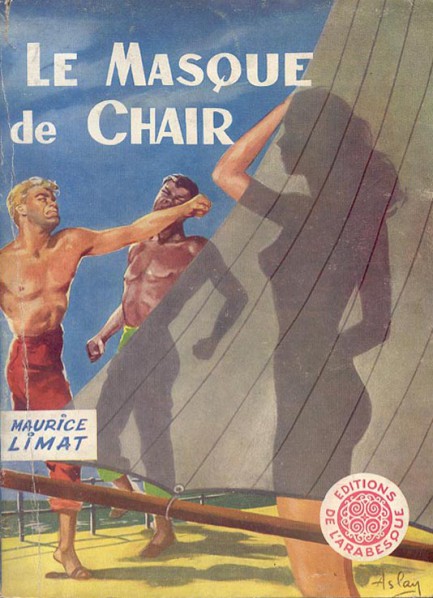
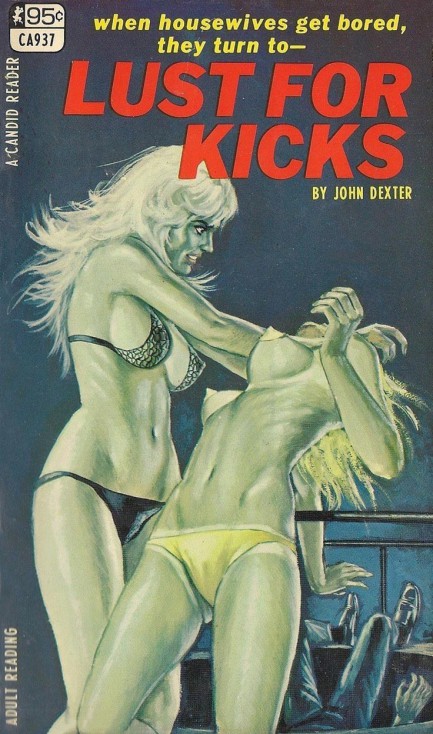
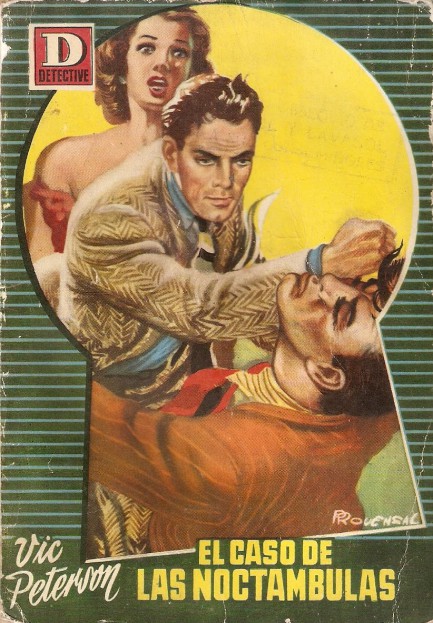
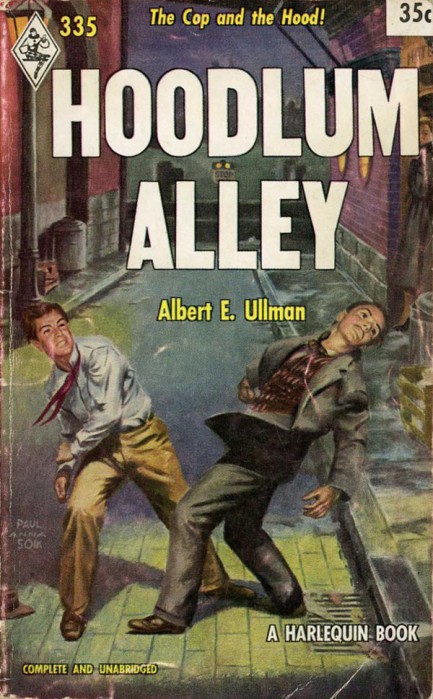
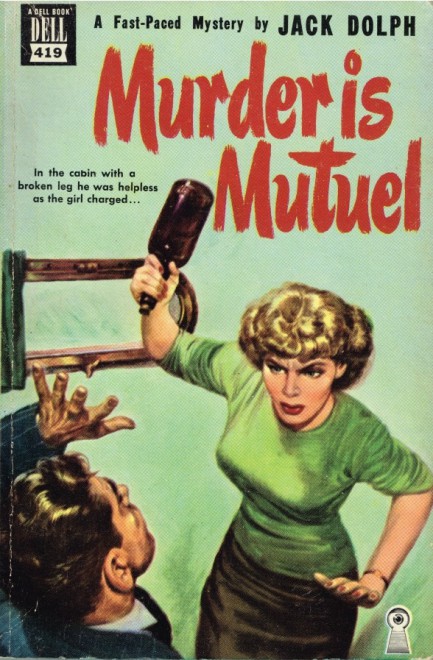
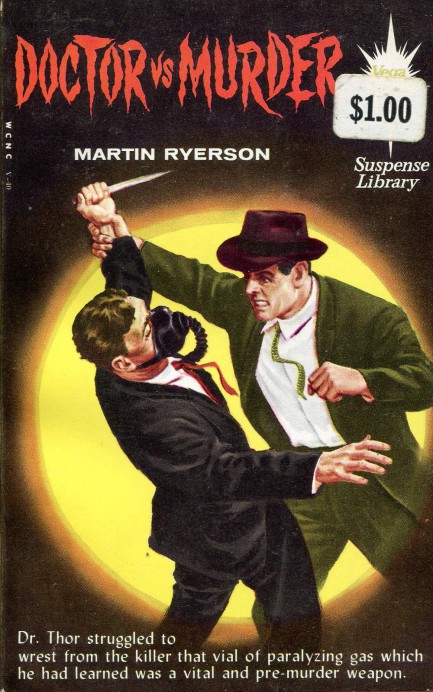
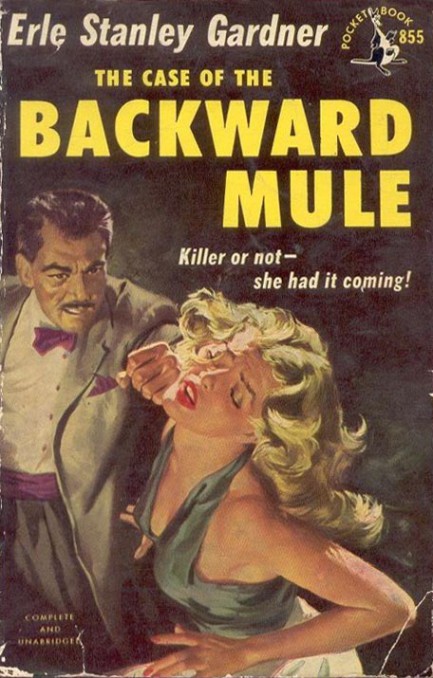
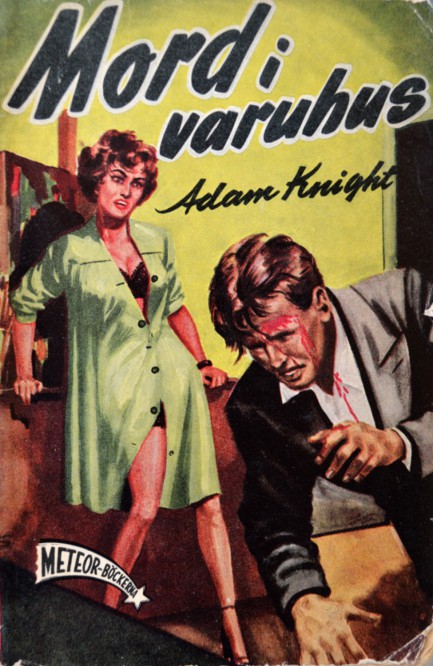
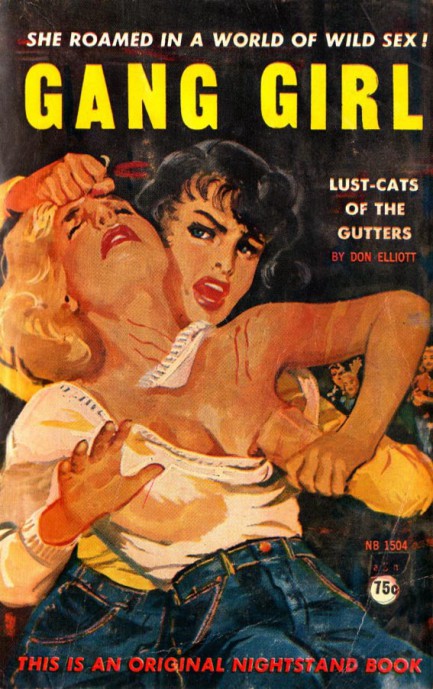
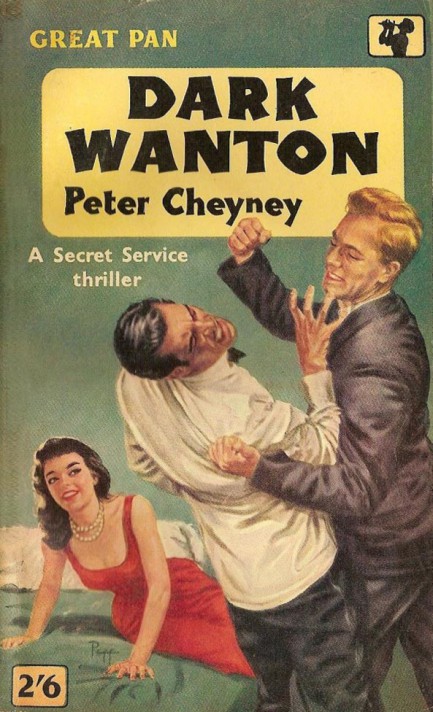
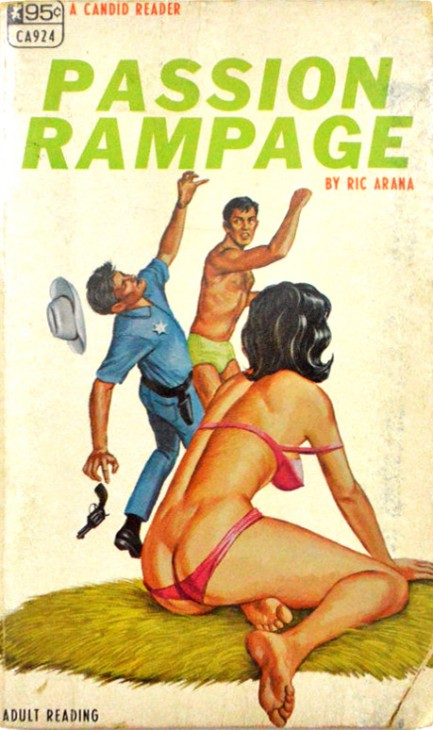
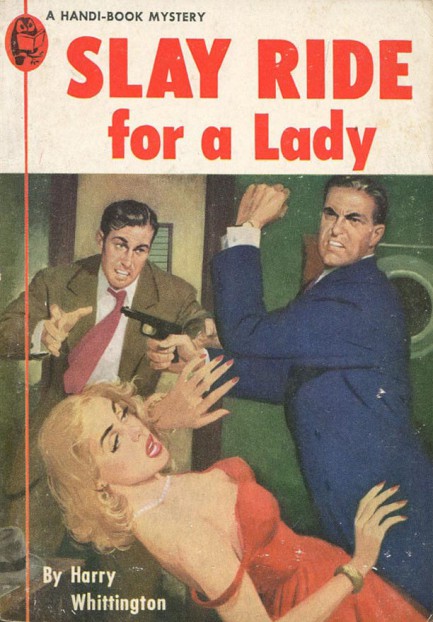
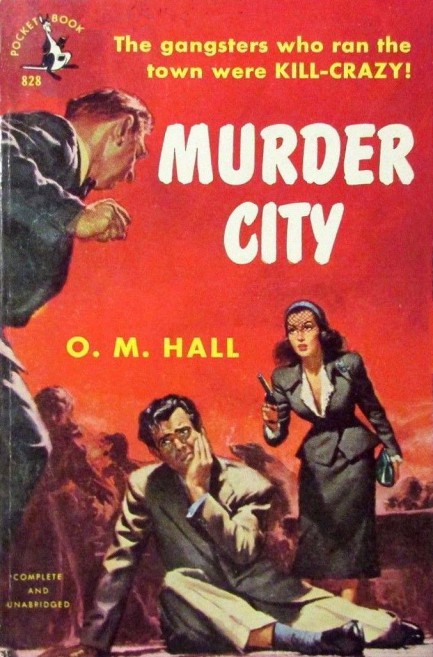
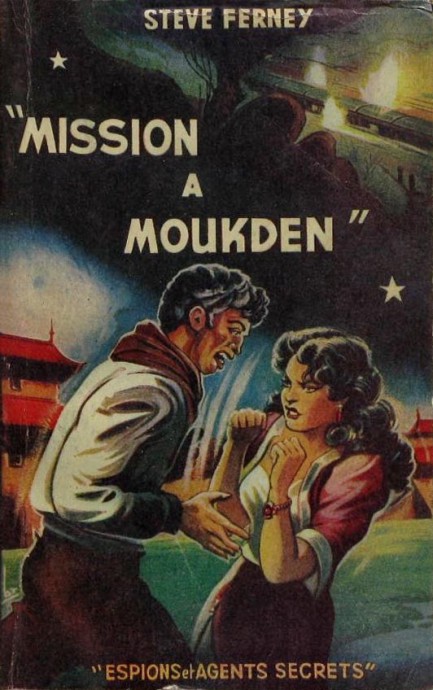
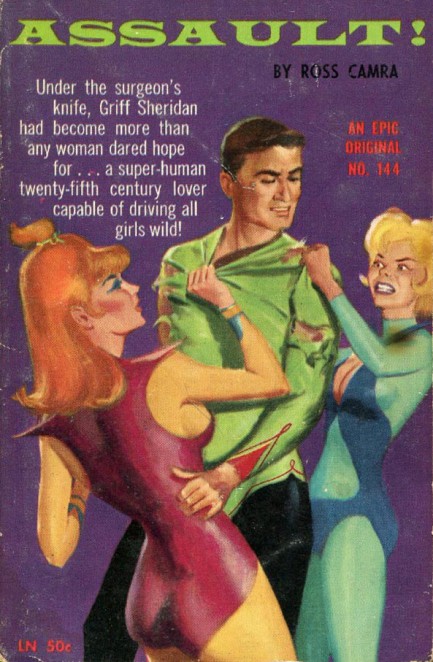
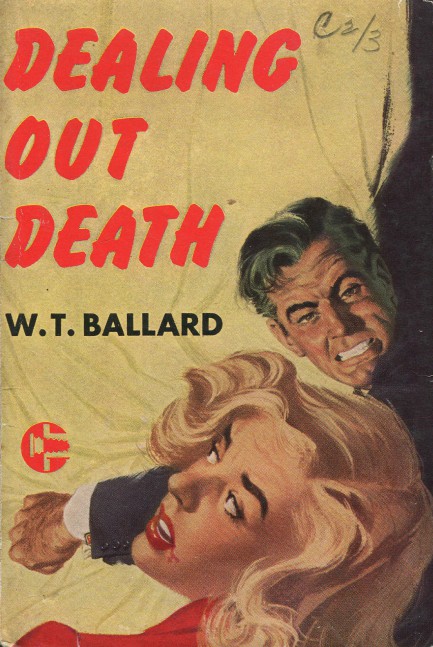
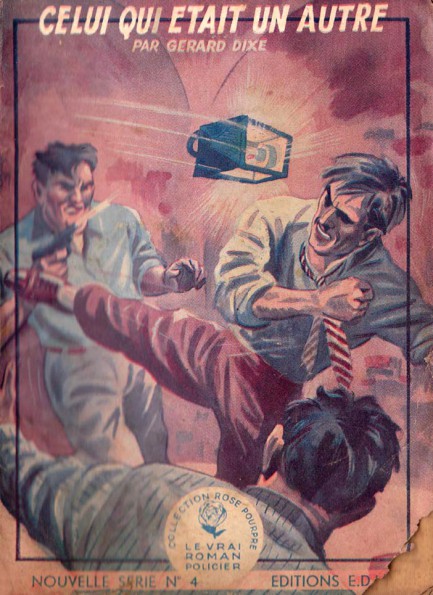
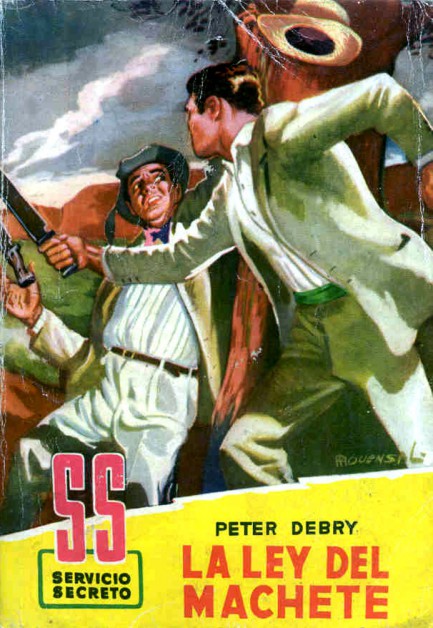
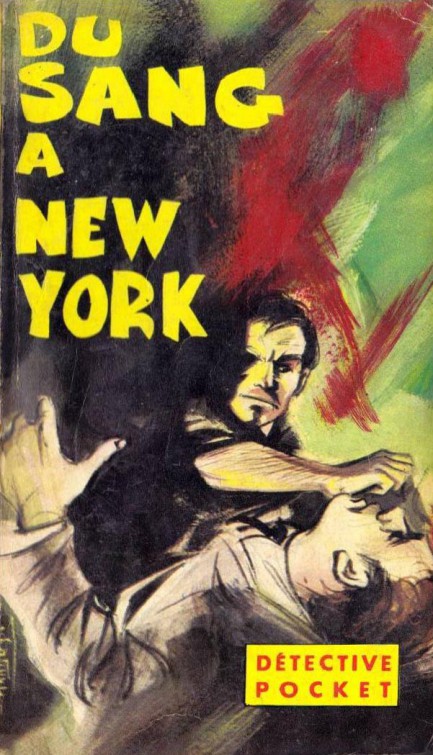
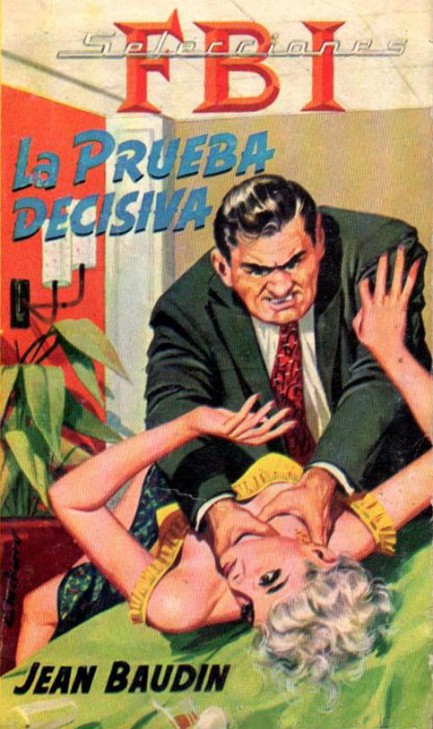
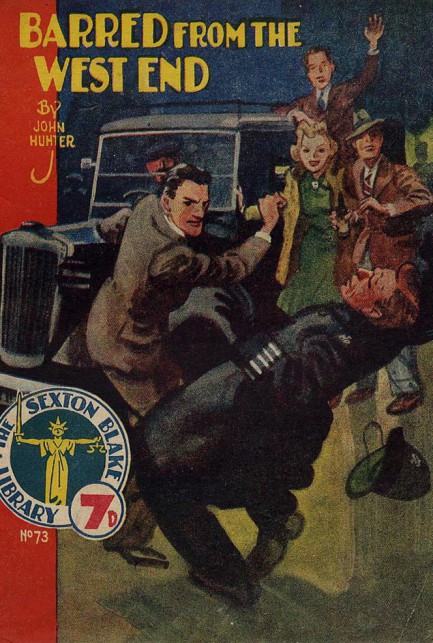
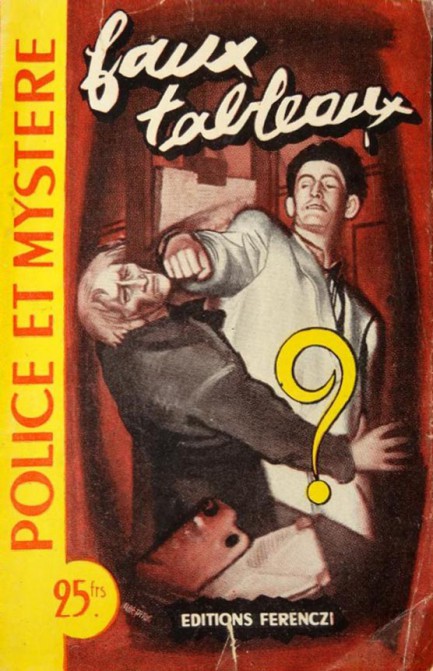
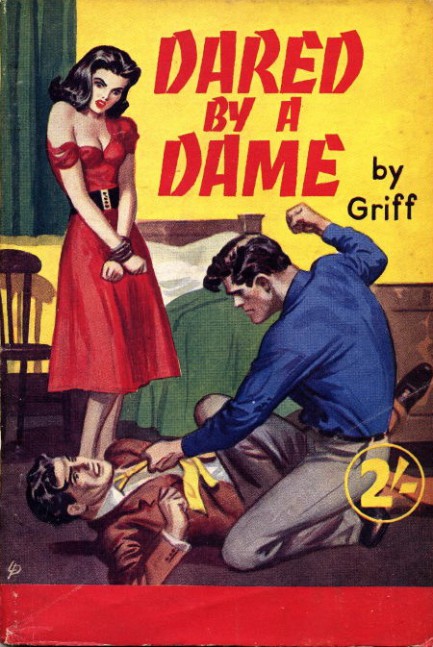
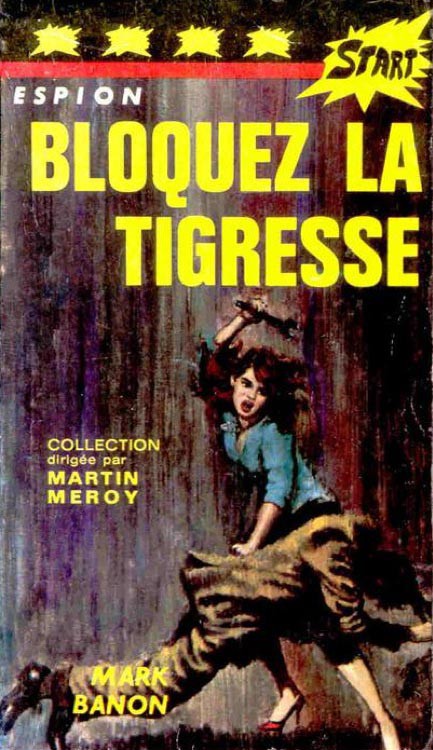
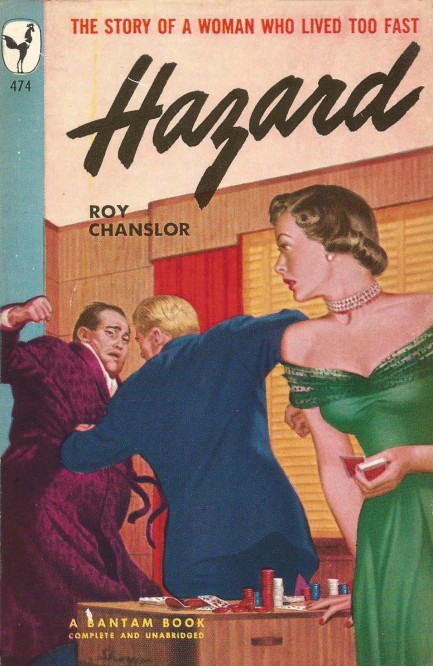

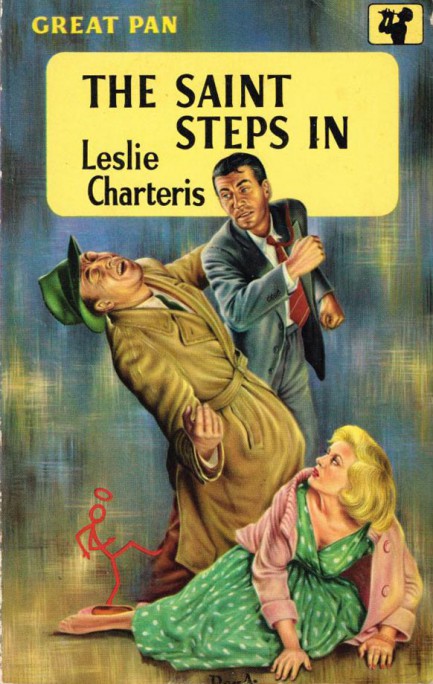
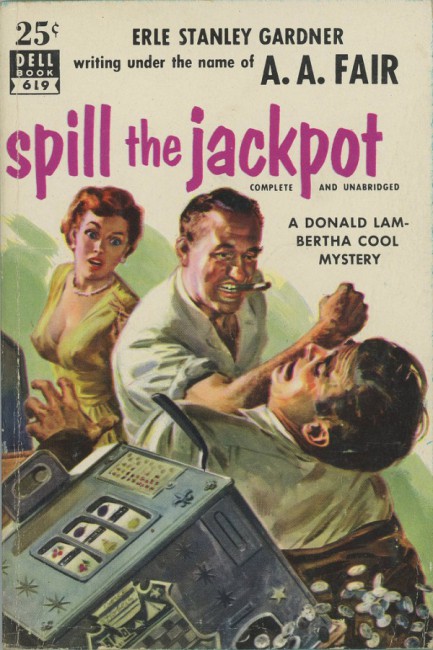

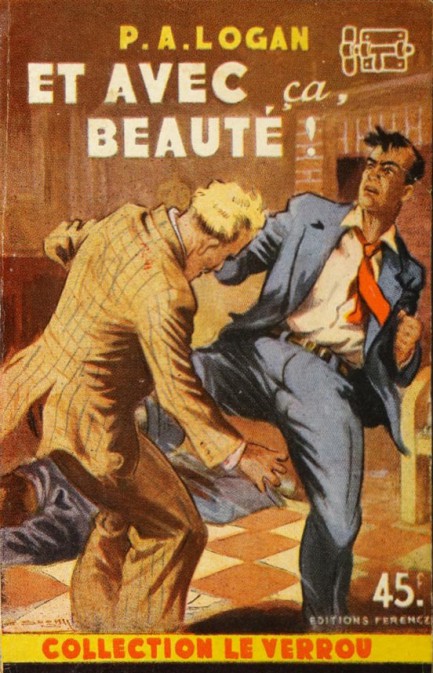
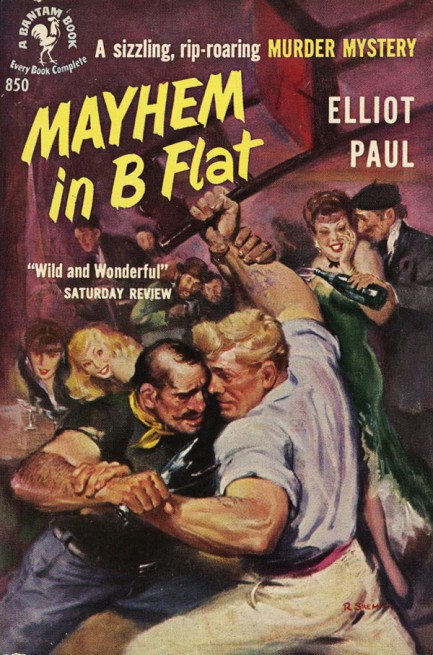
| Vintage Pulp | Jul 3 2015 |

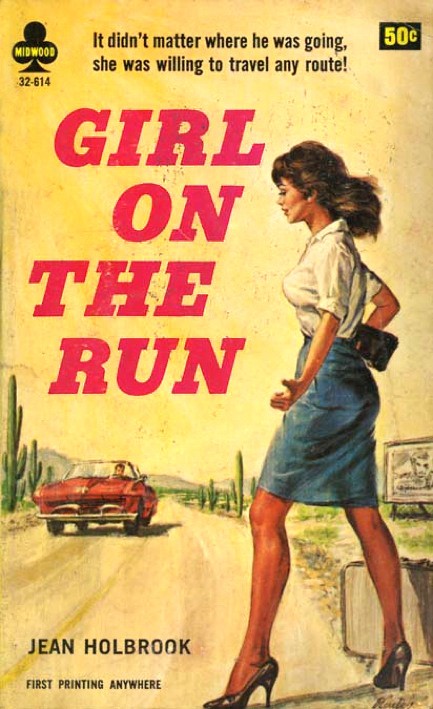
The hitchhiker has been a central element of many a mid-century thriller, with the results of these rides ranging from hot sex to bloody murder, and several outcomes between. Above you see a cover for Jean Holbrook's Girl on the Run, and below is a collection of more paperback covers depicting various characters casting their fates to the road. Wish them luck—they’ll need it. And thanks to all the original uploaders on these.